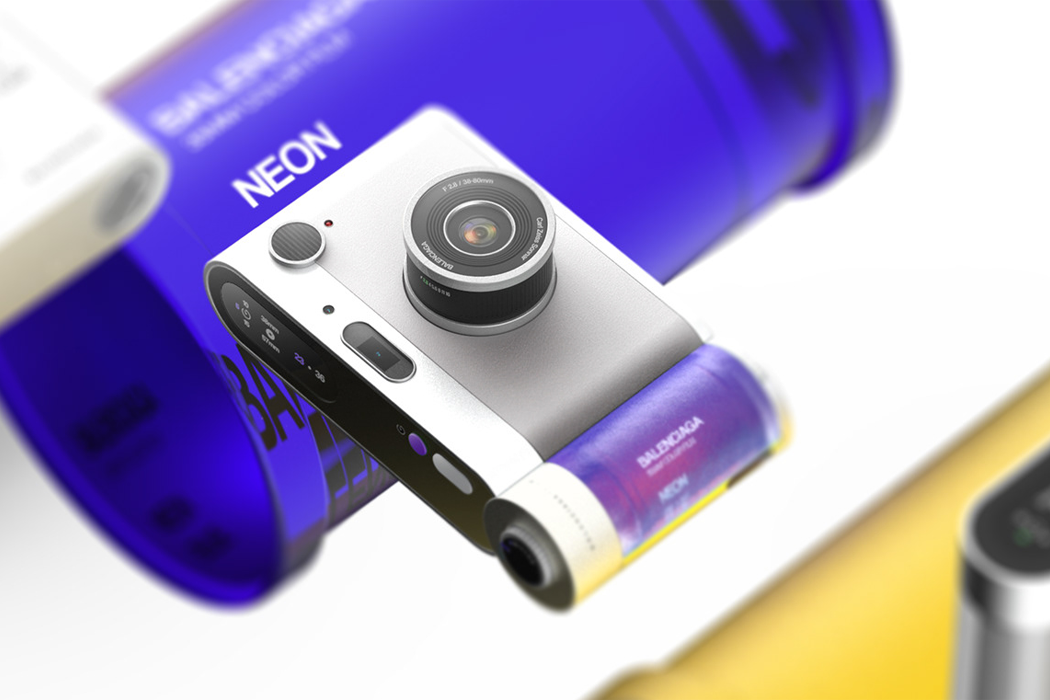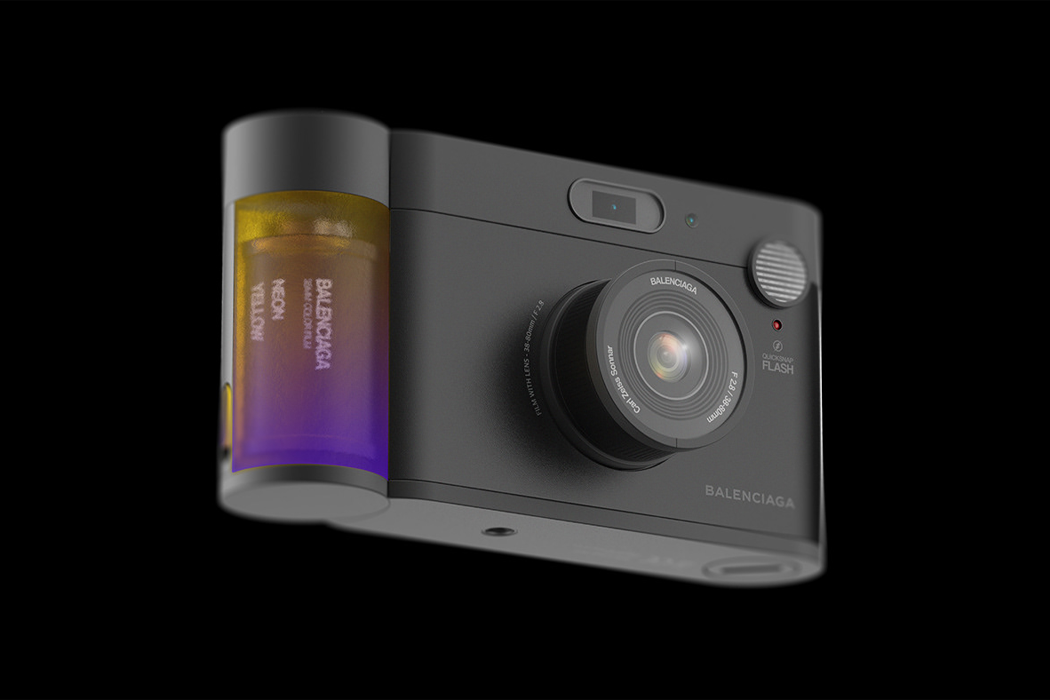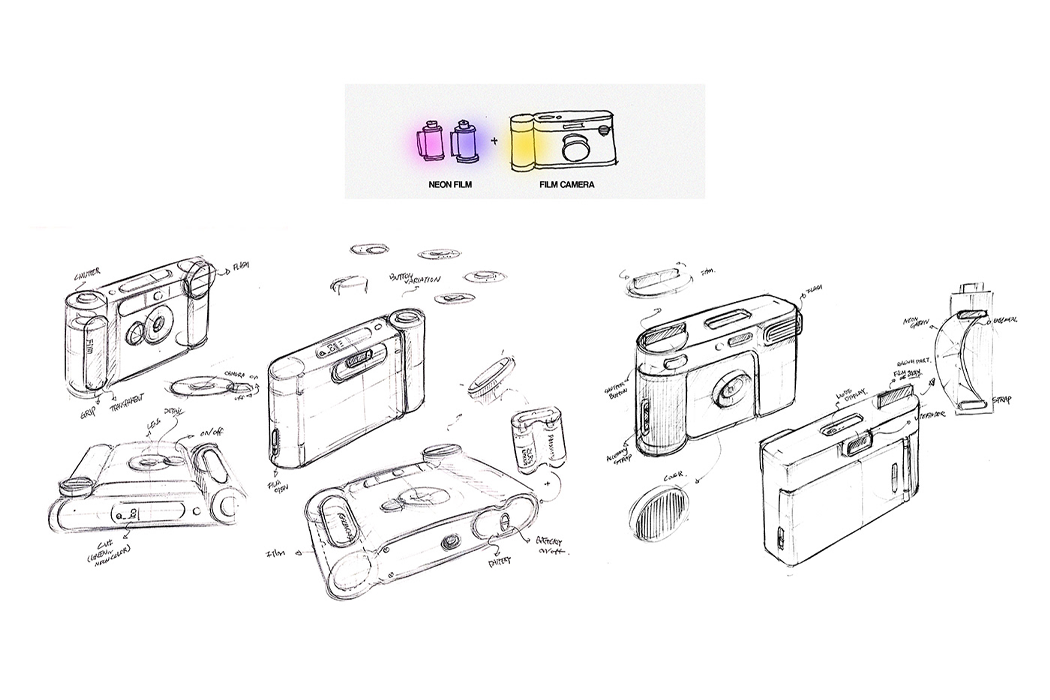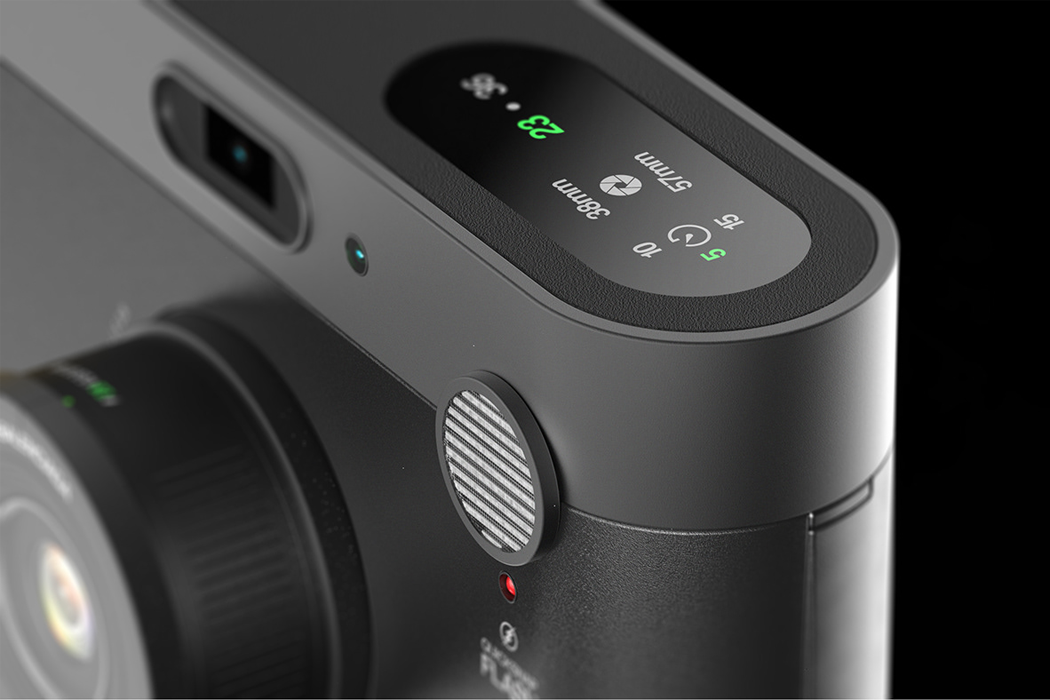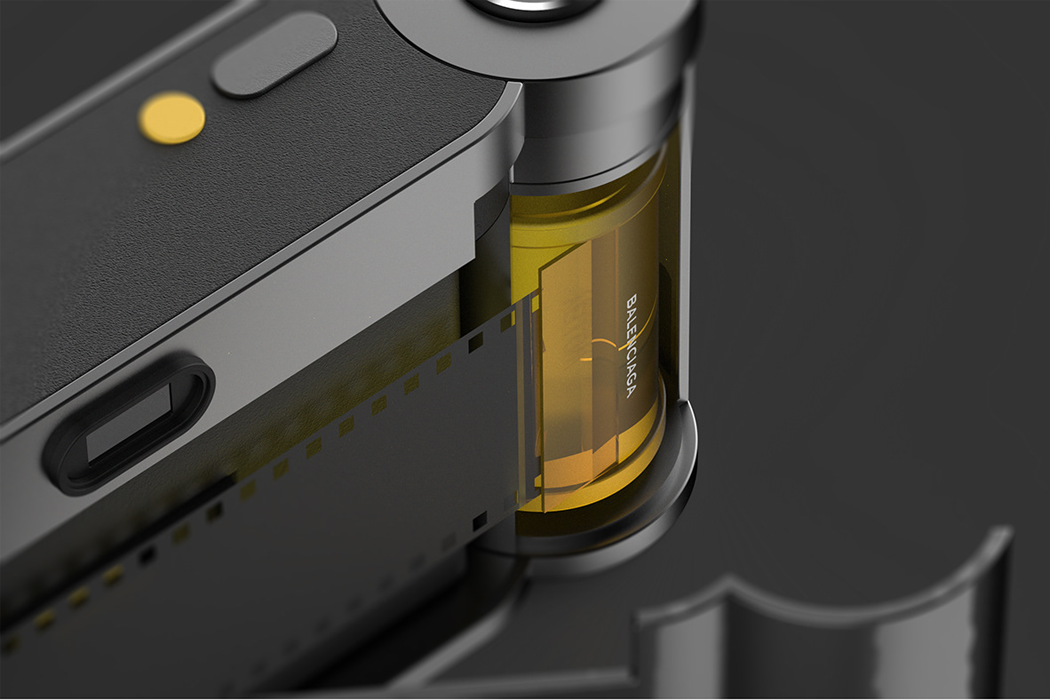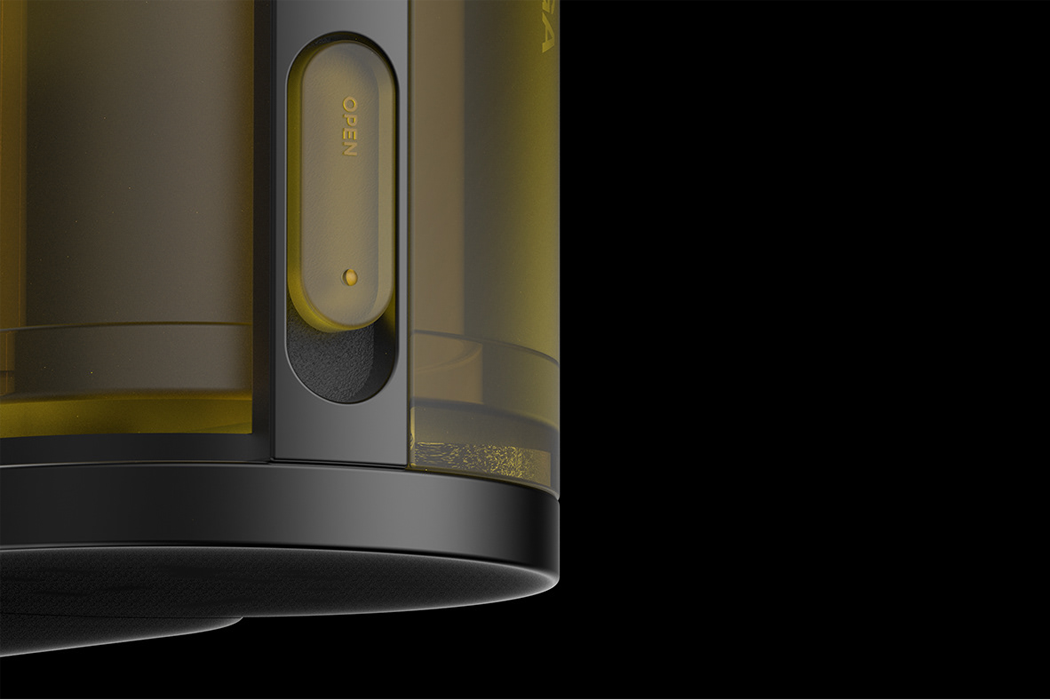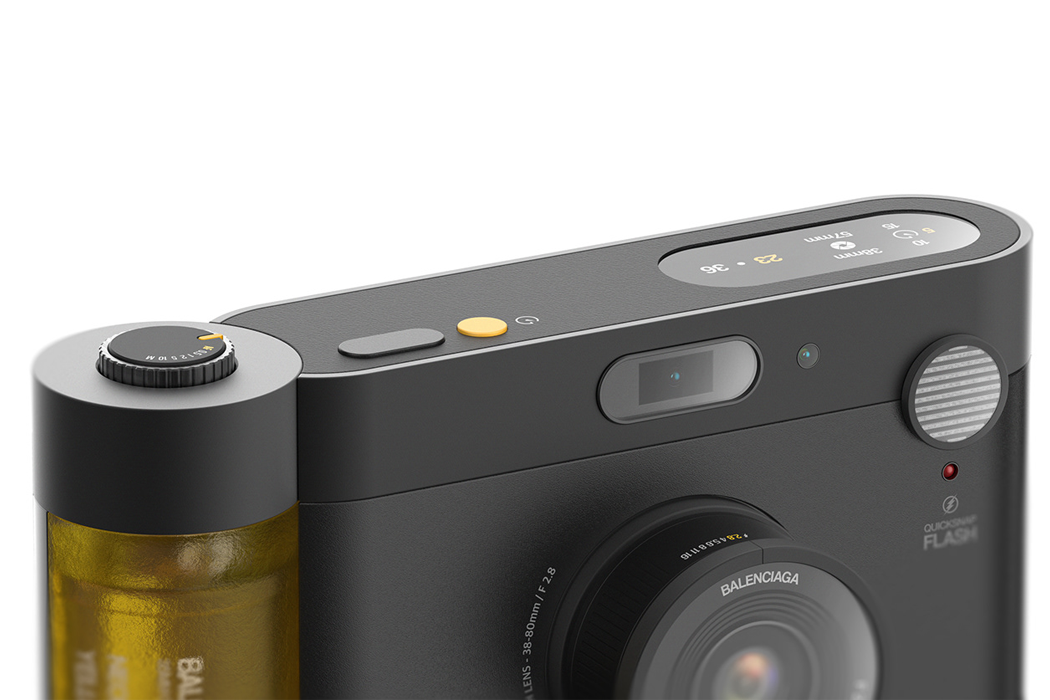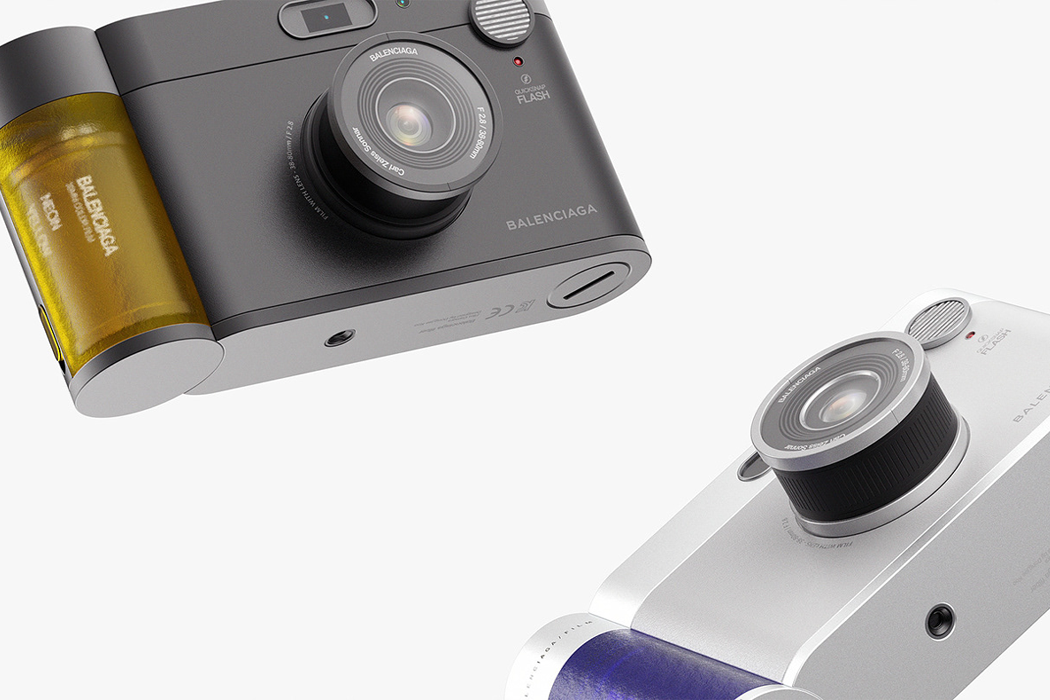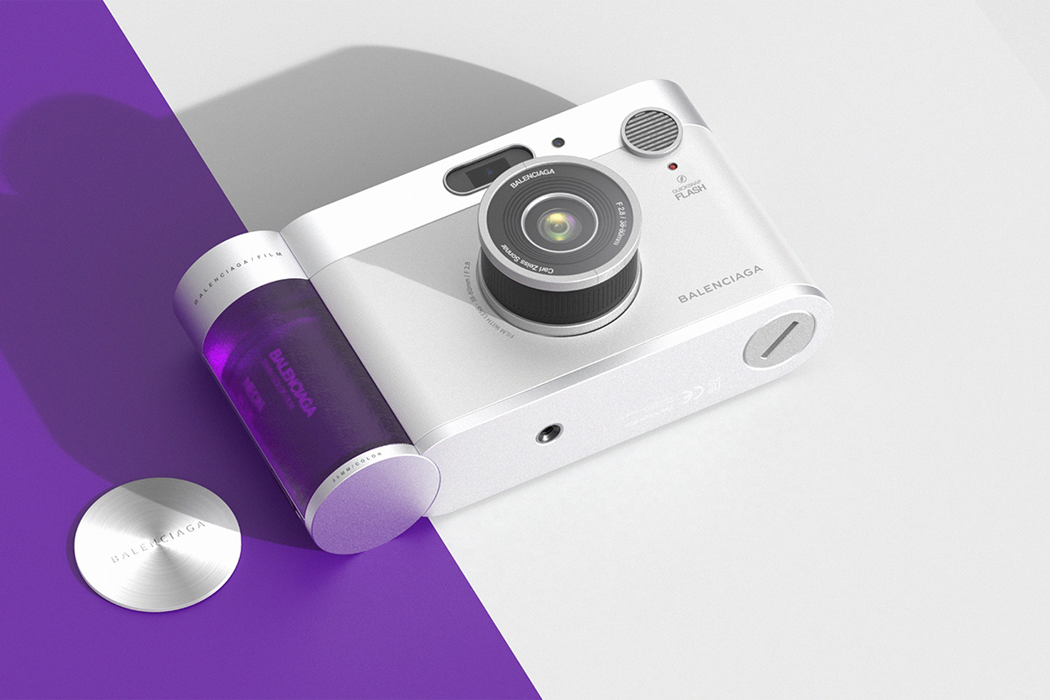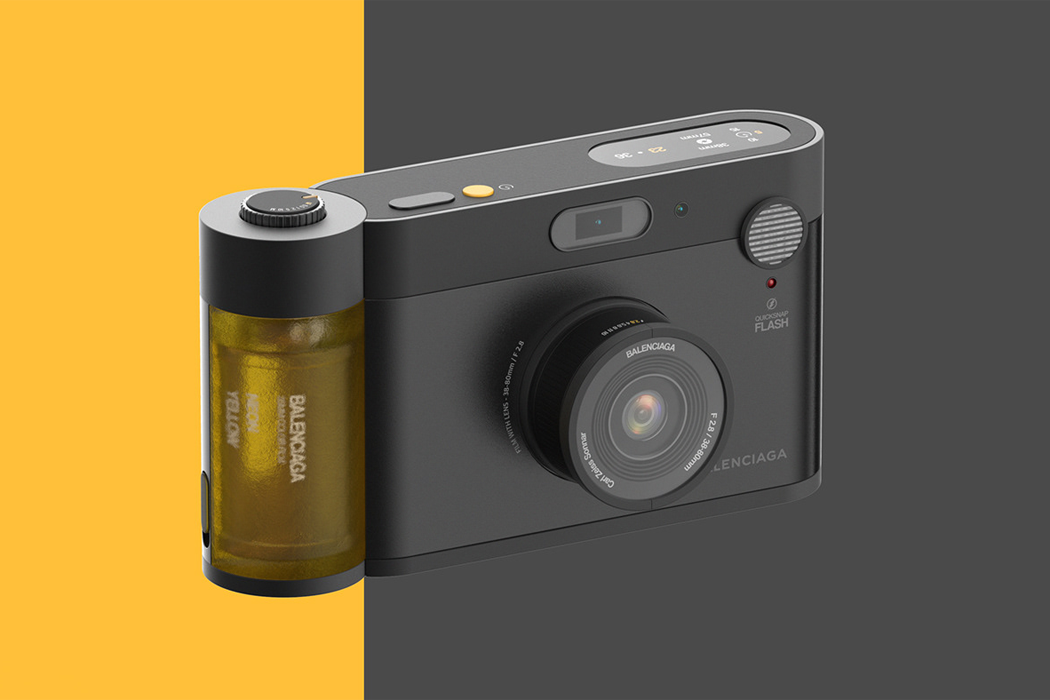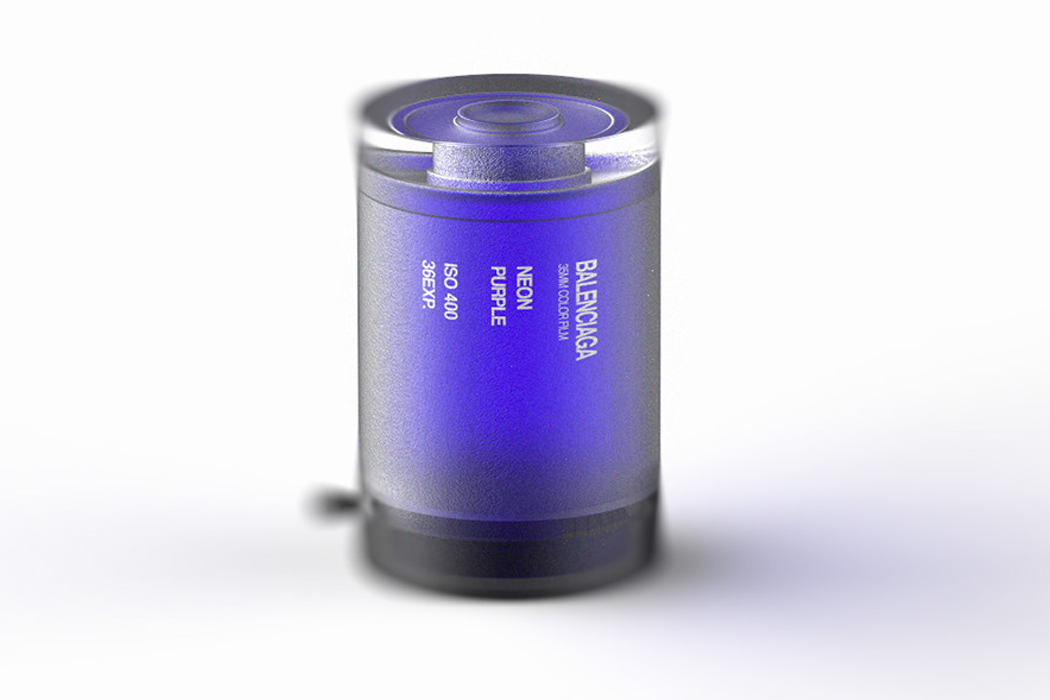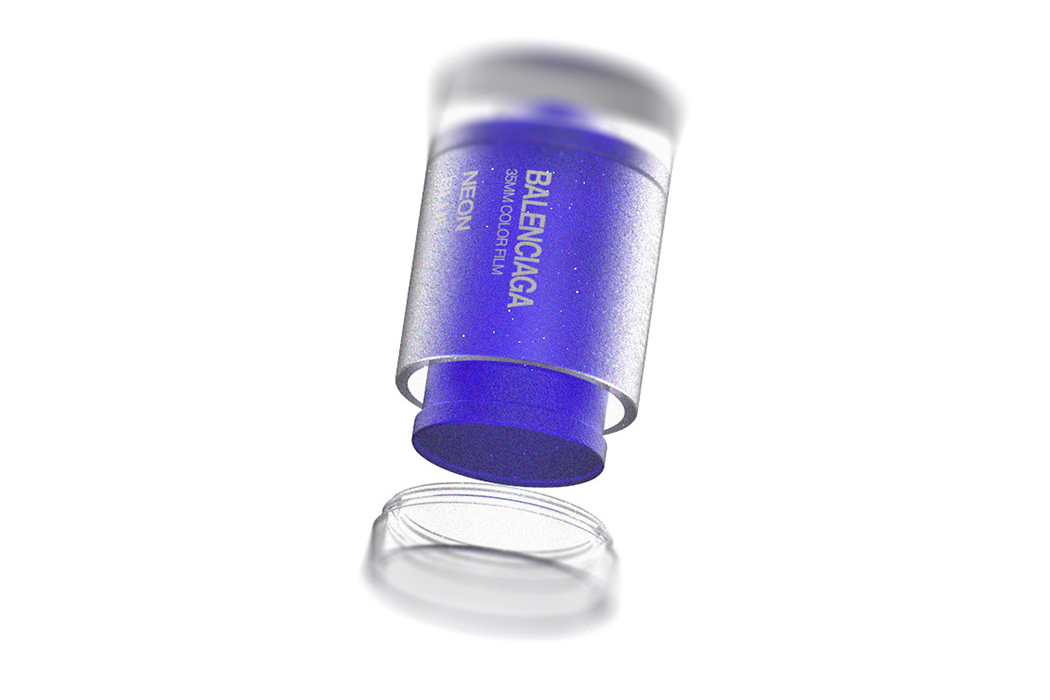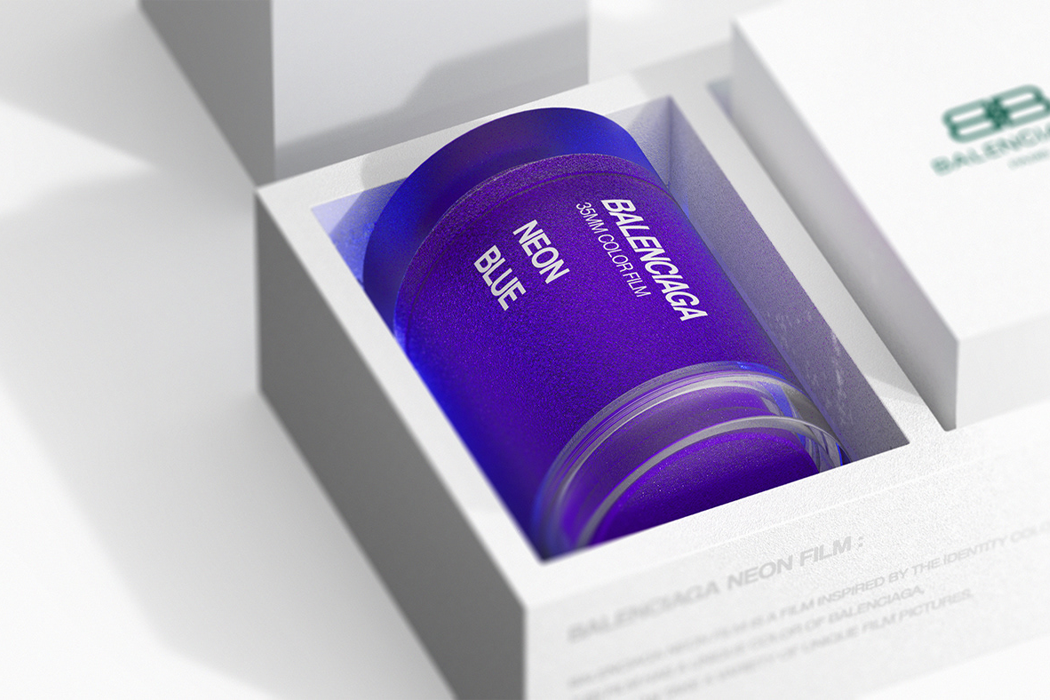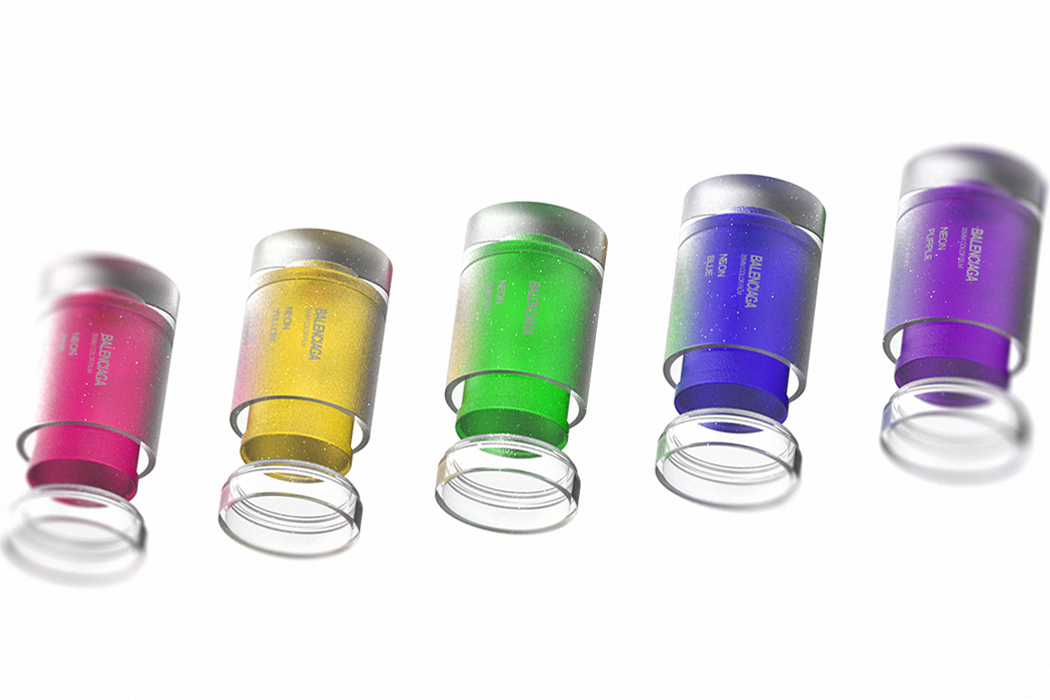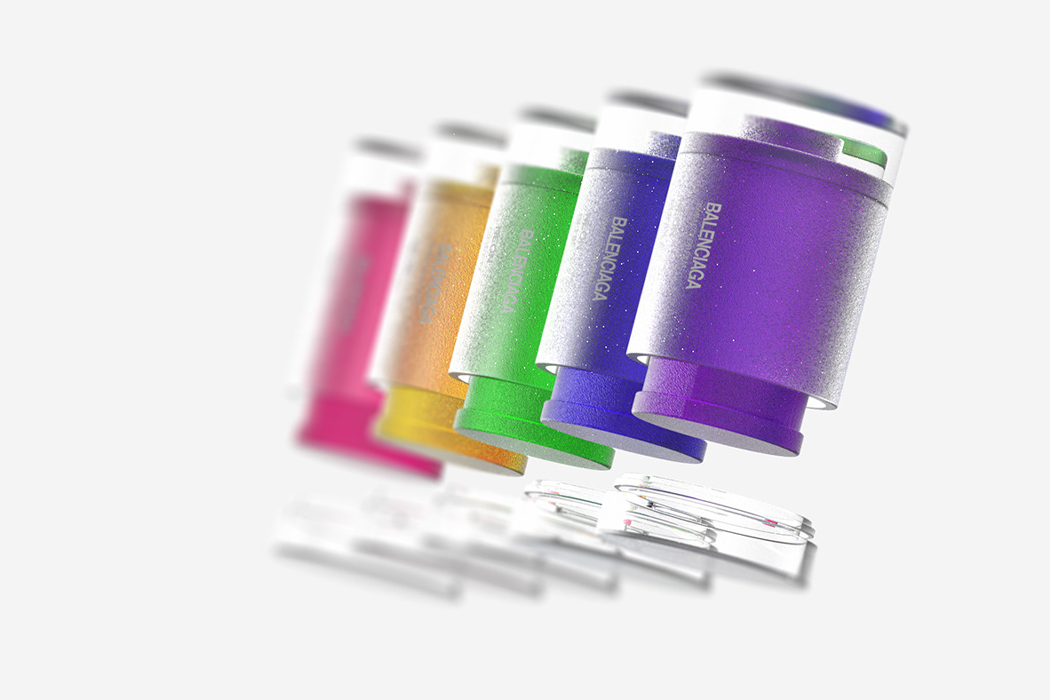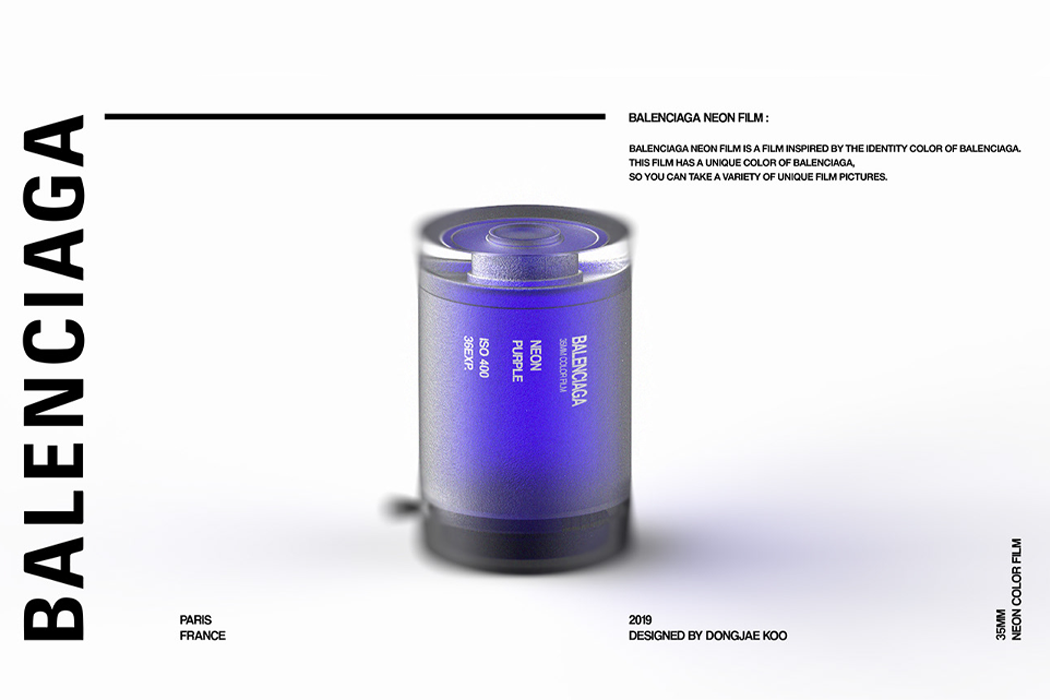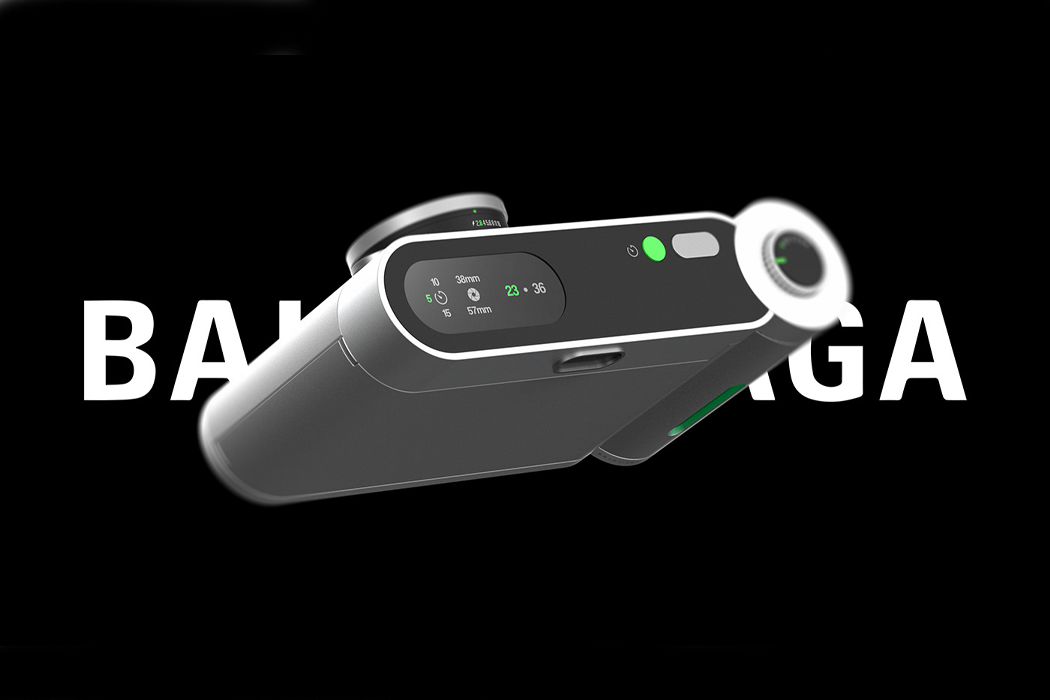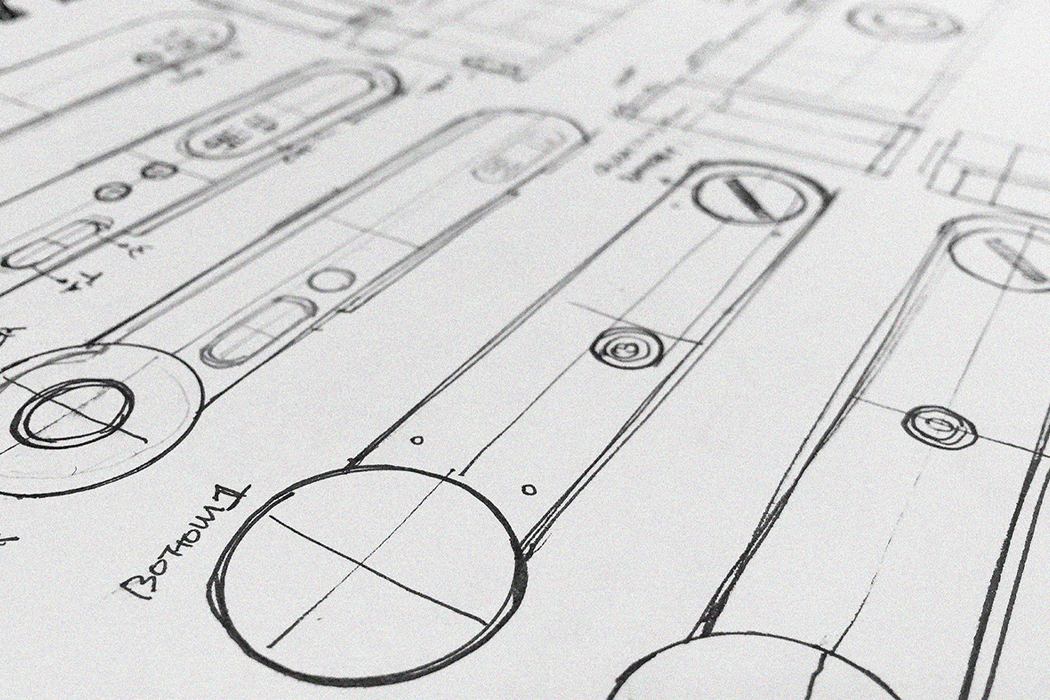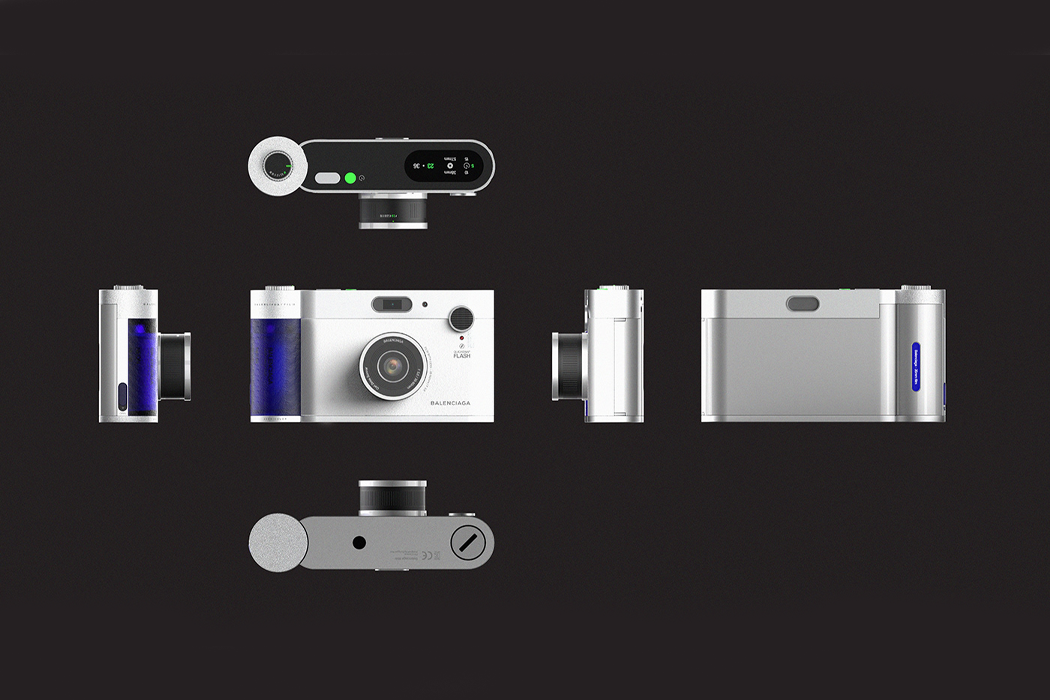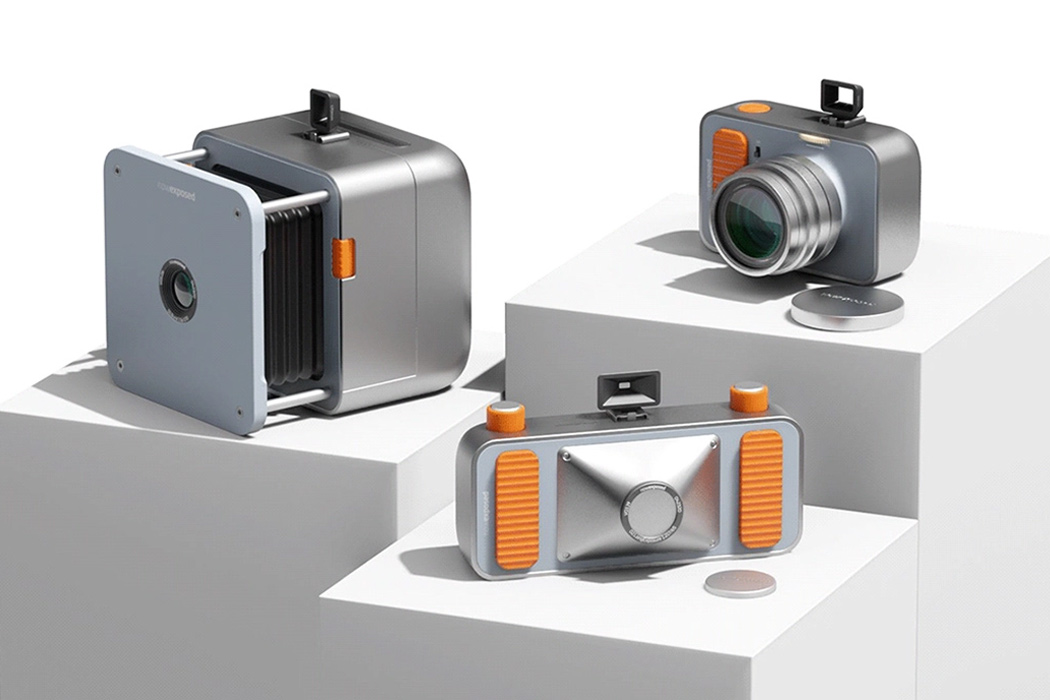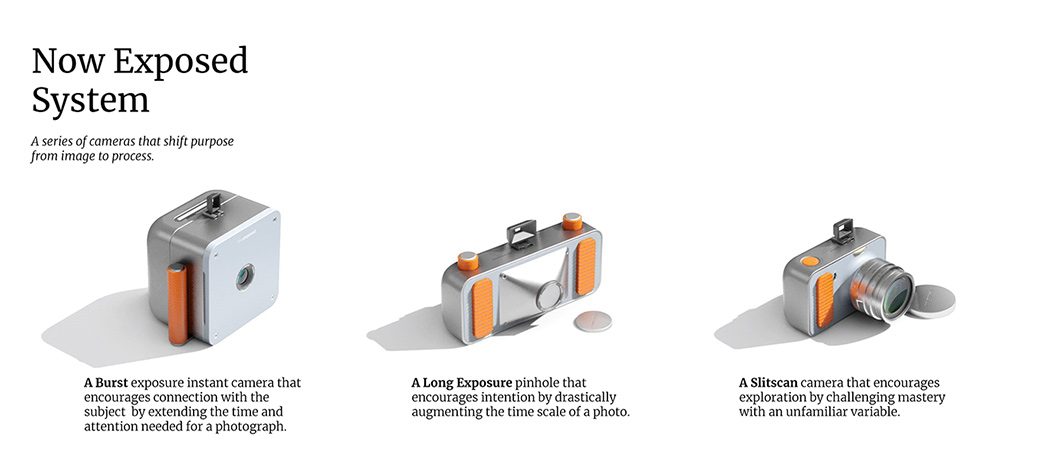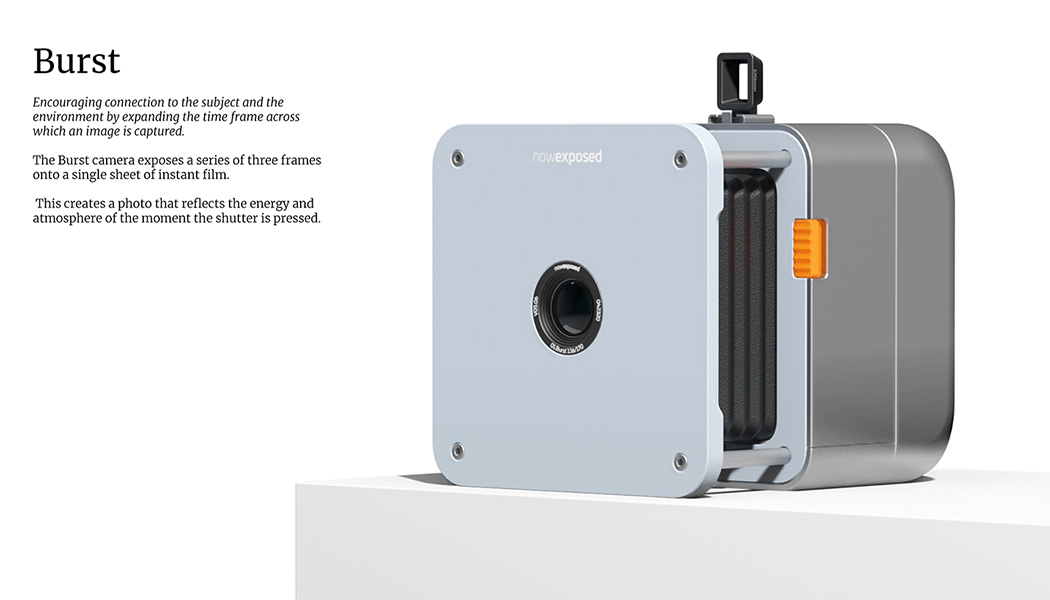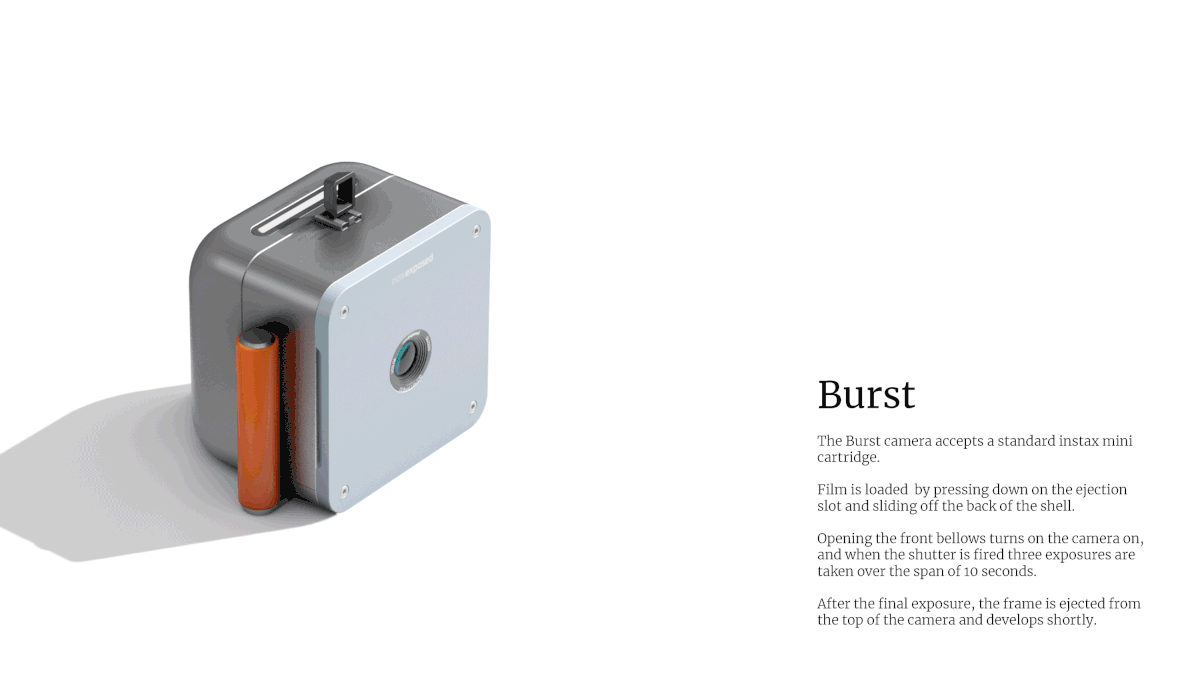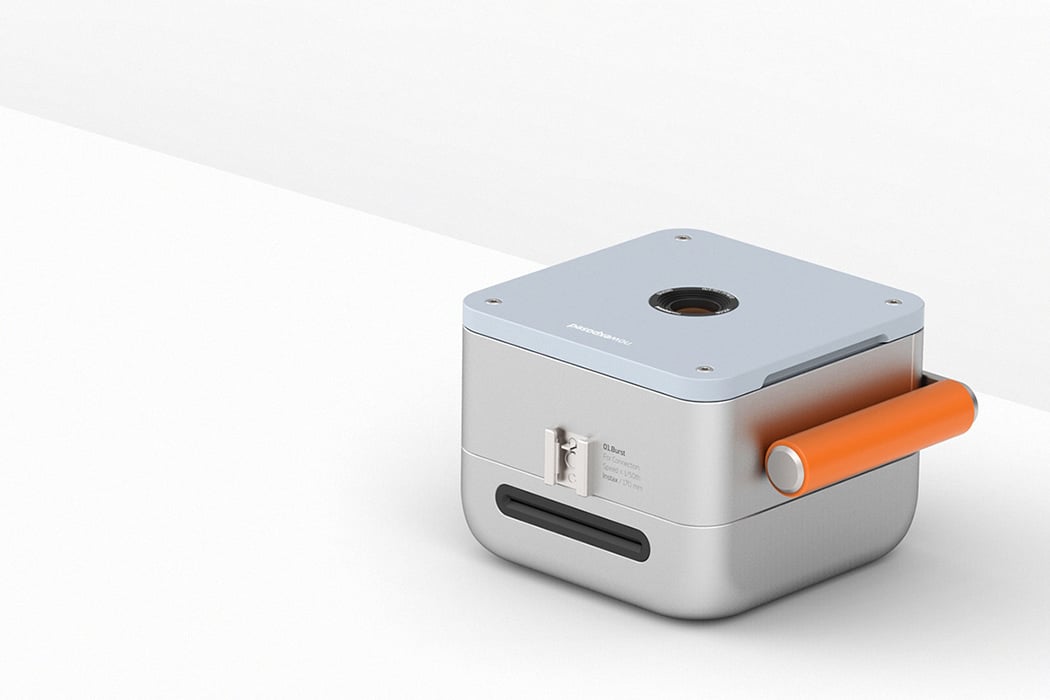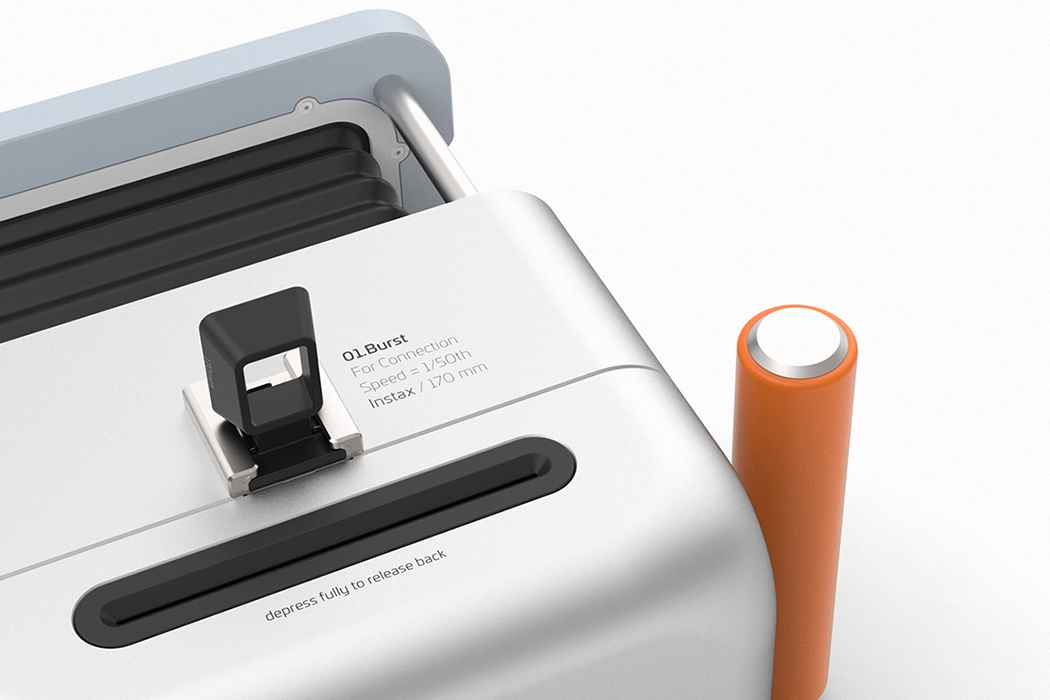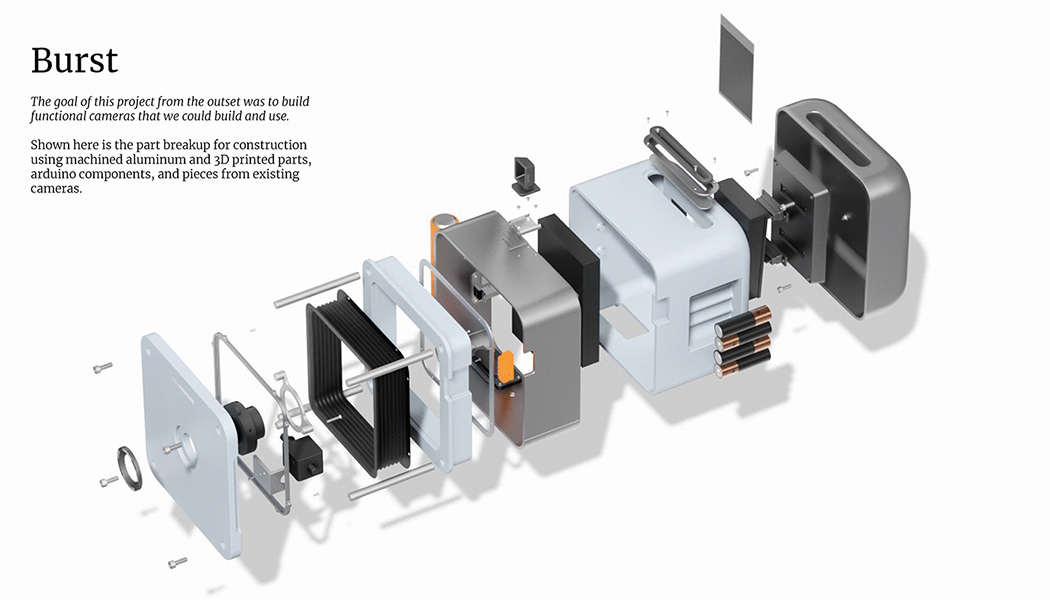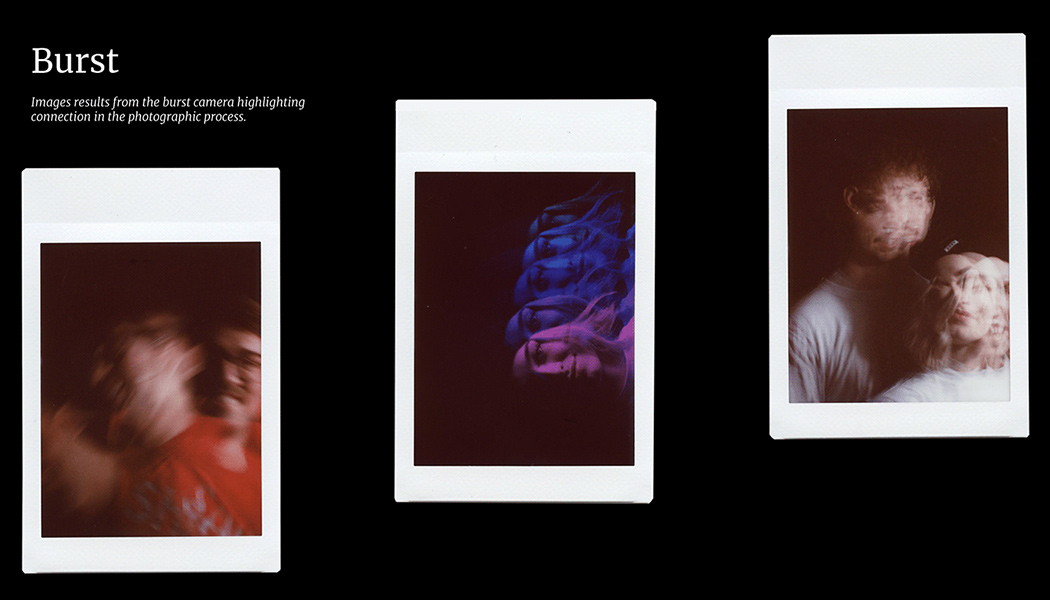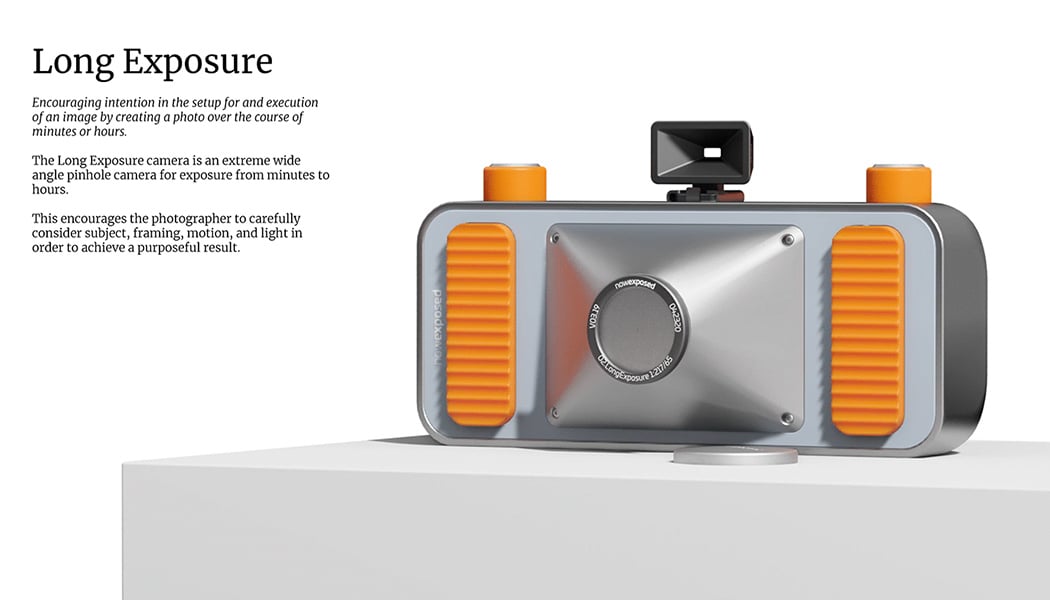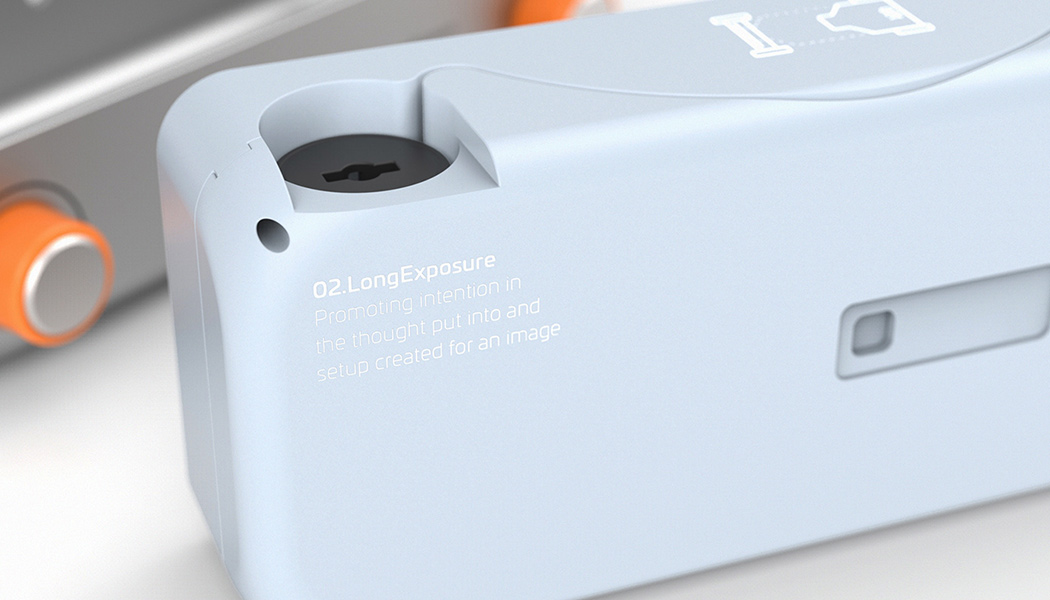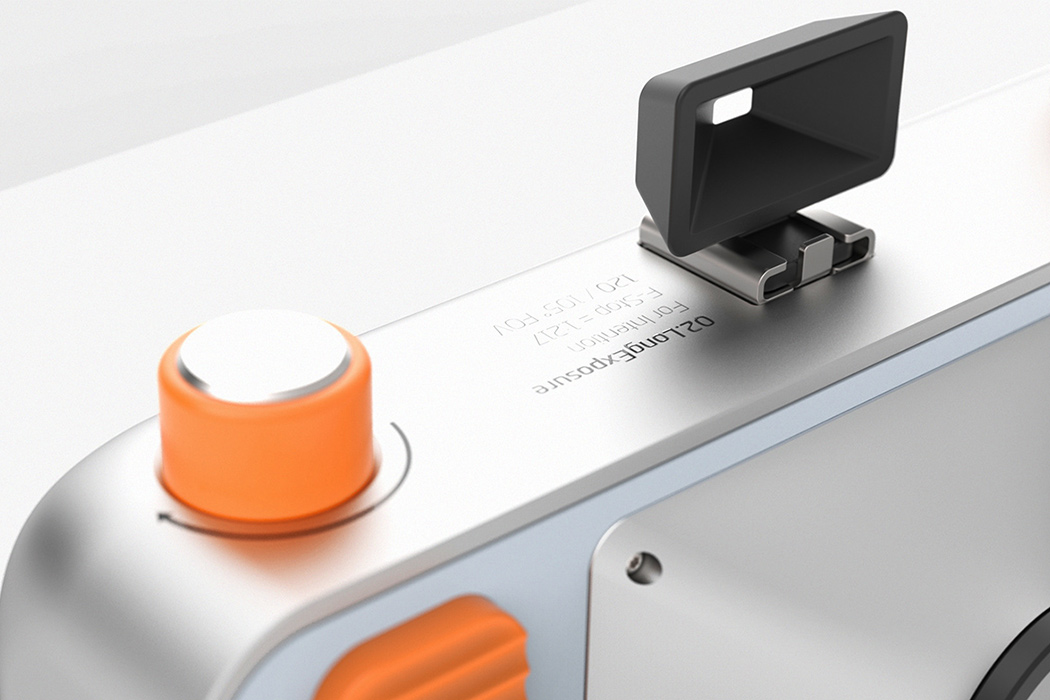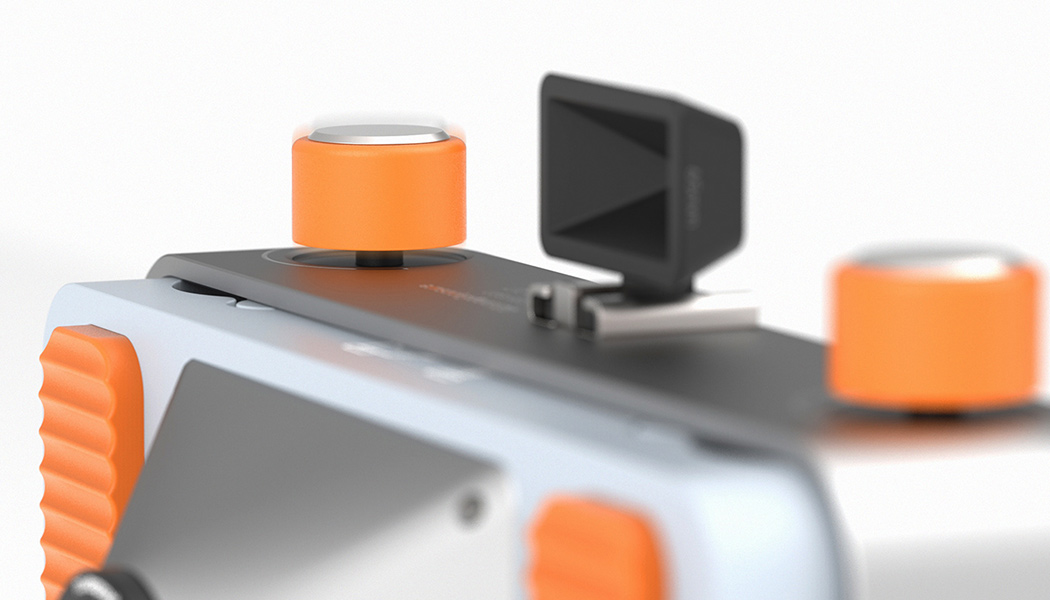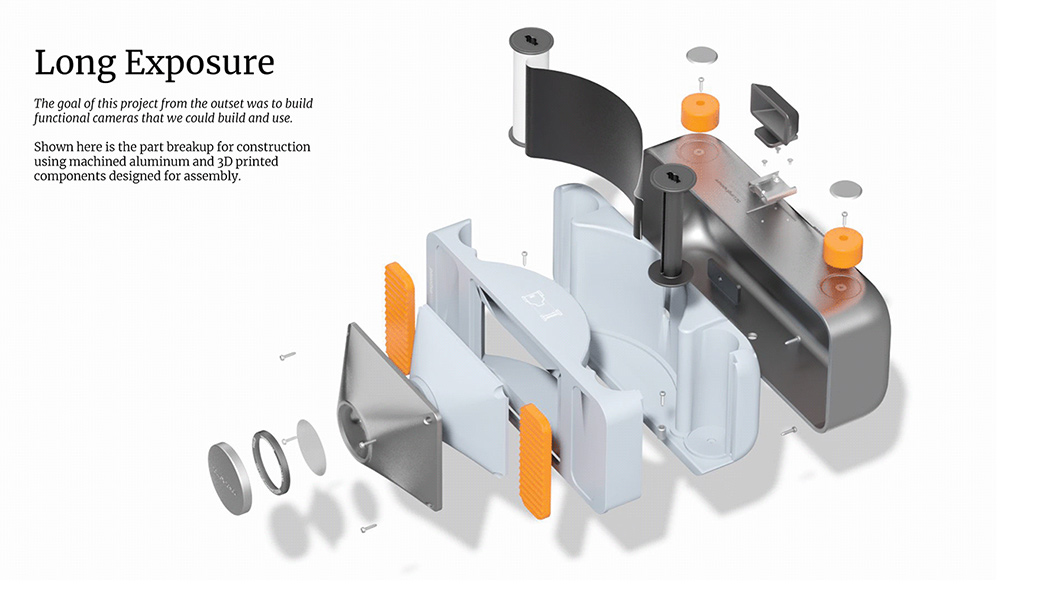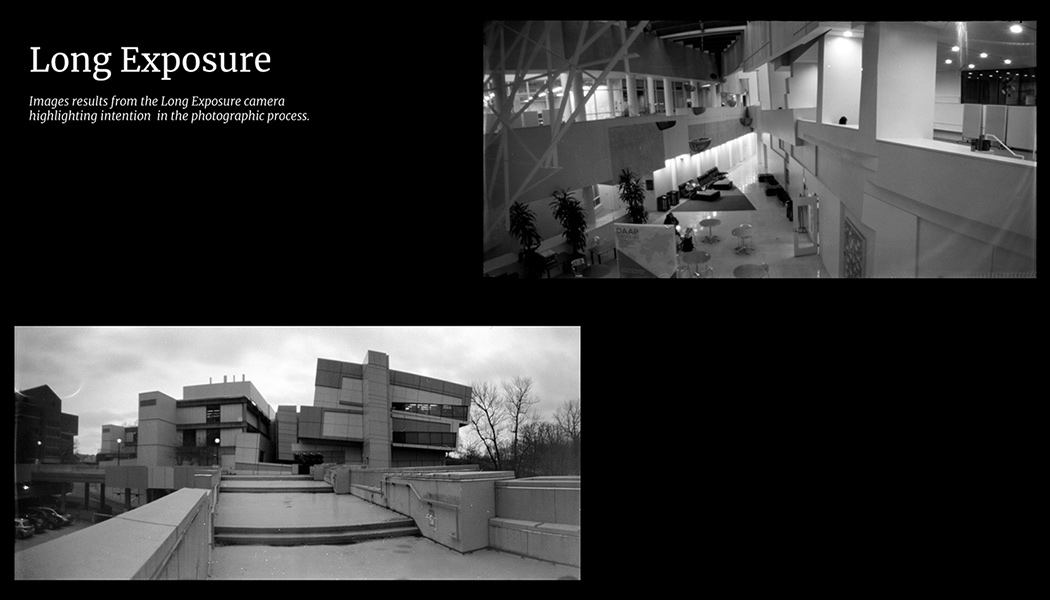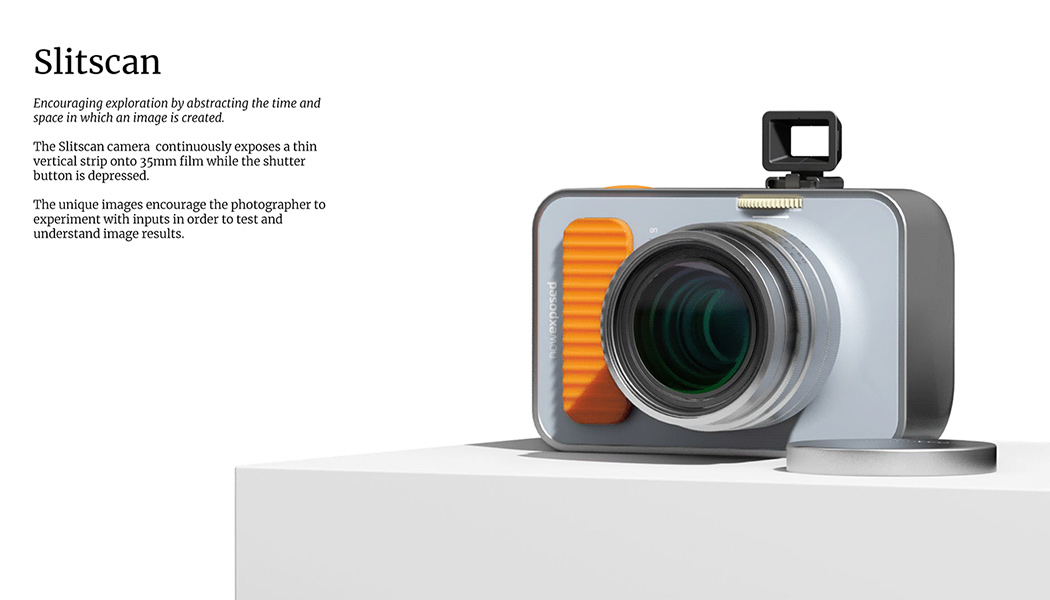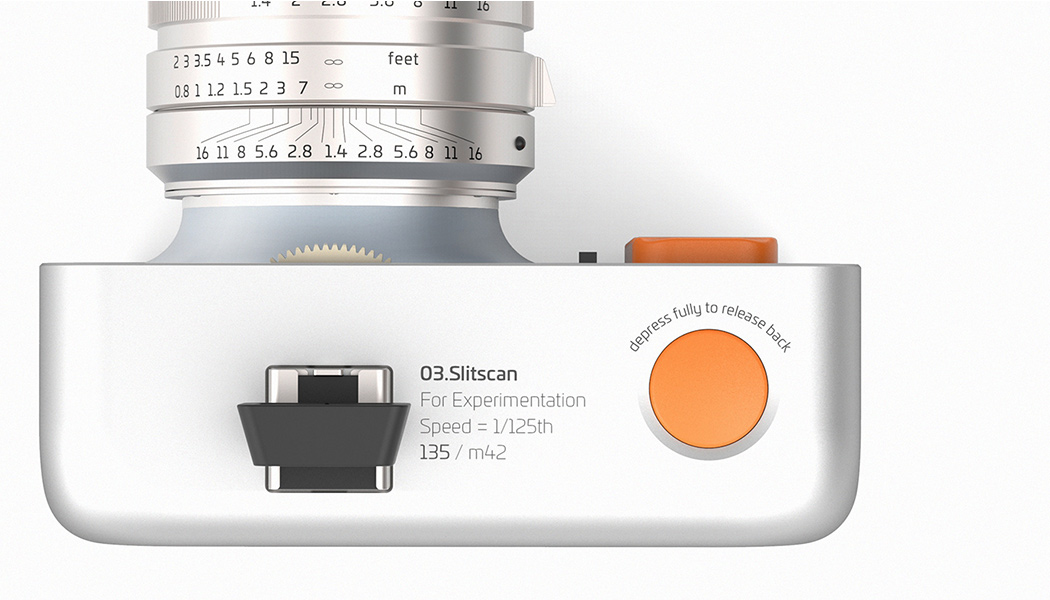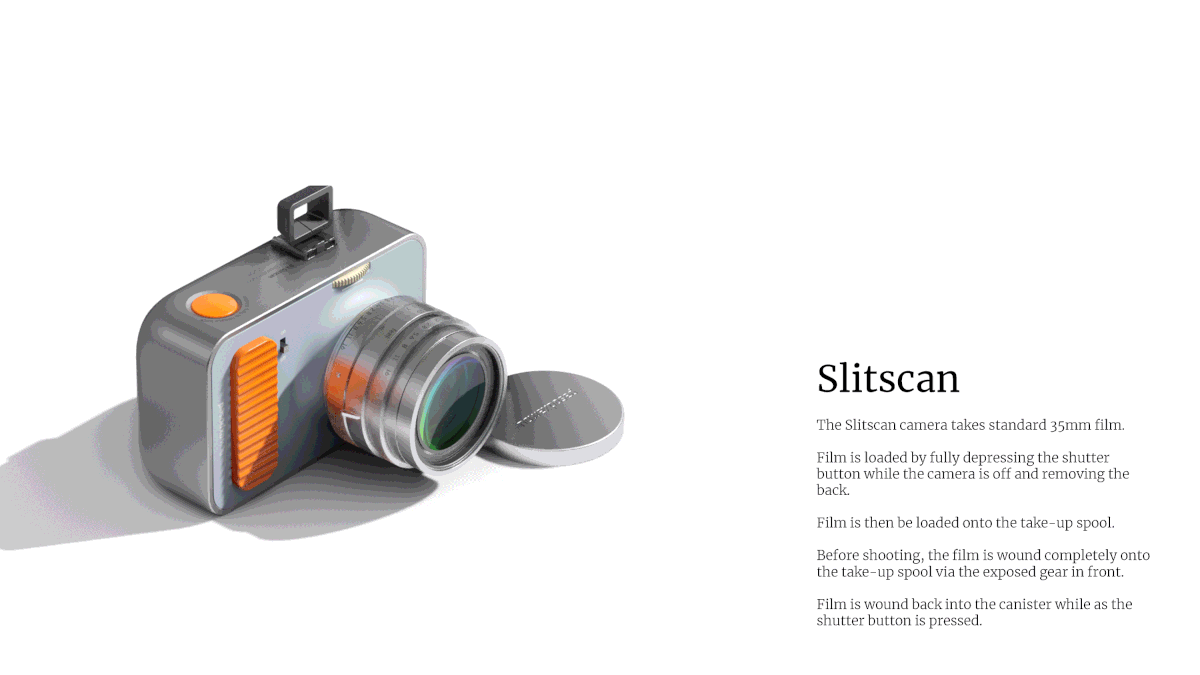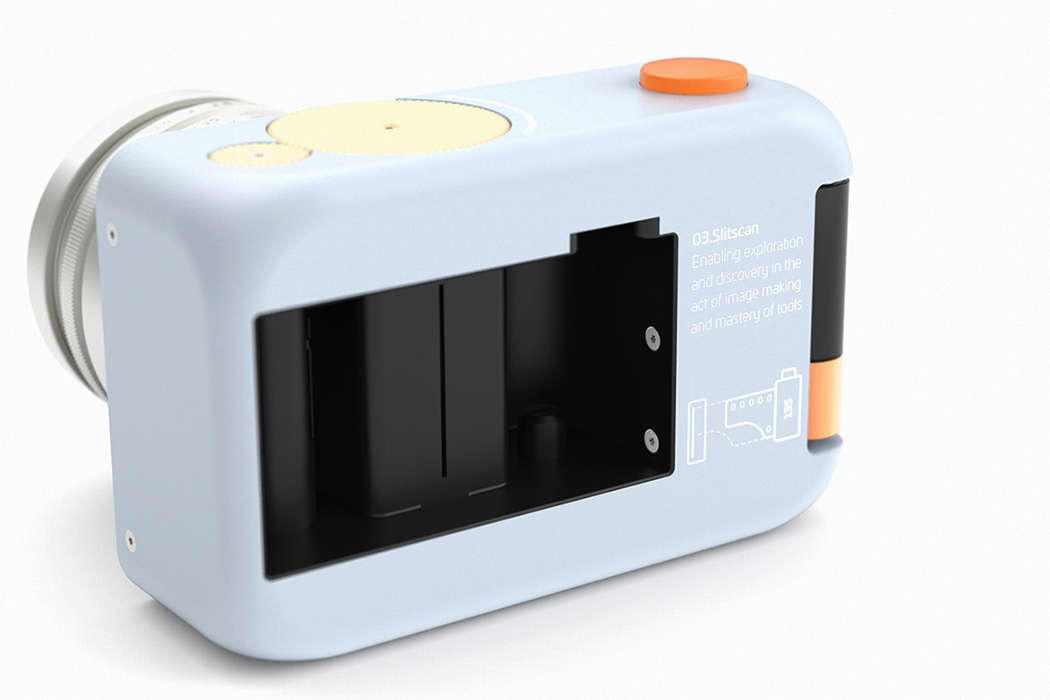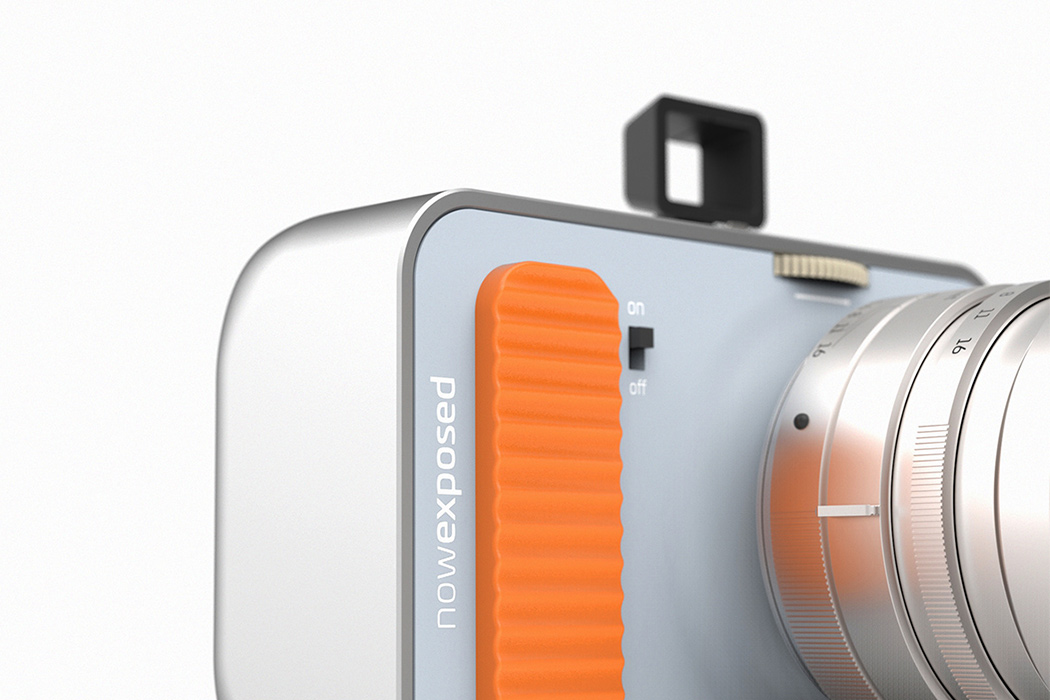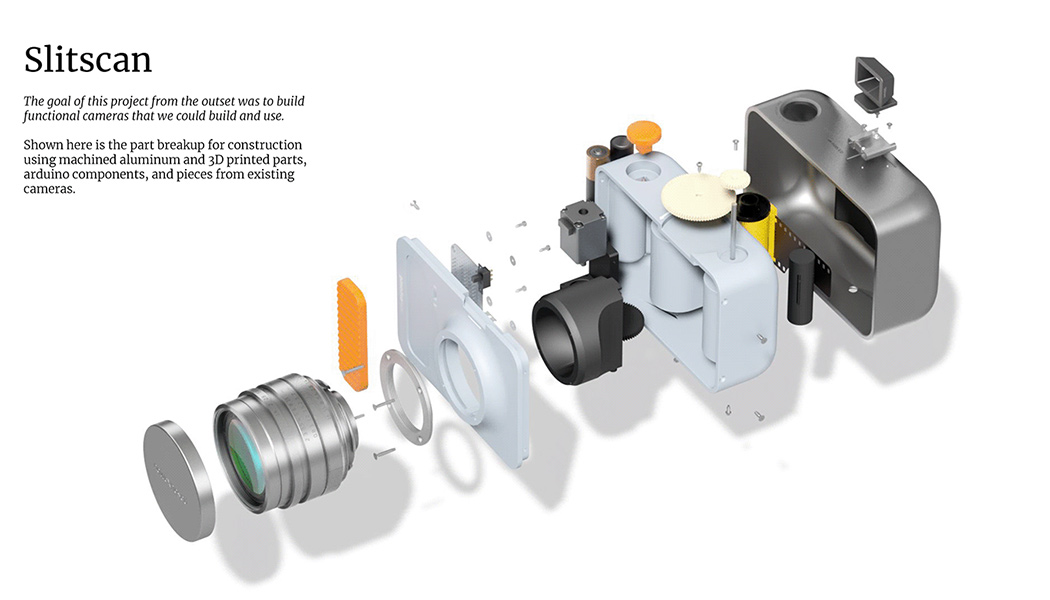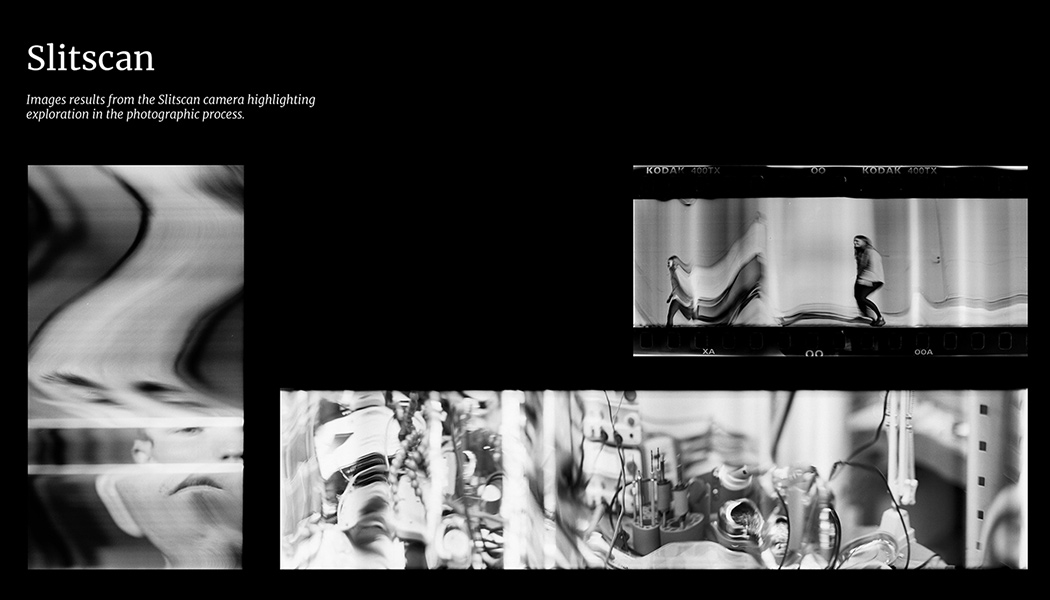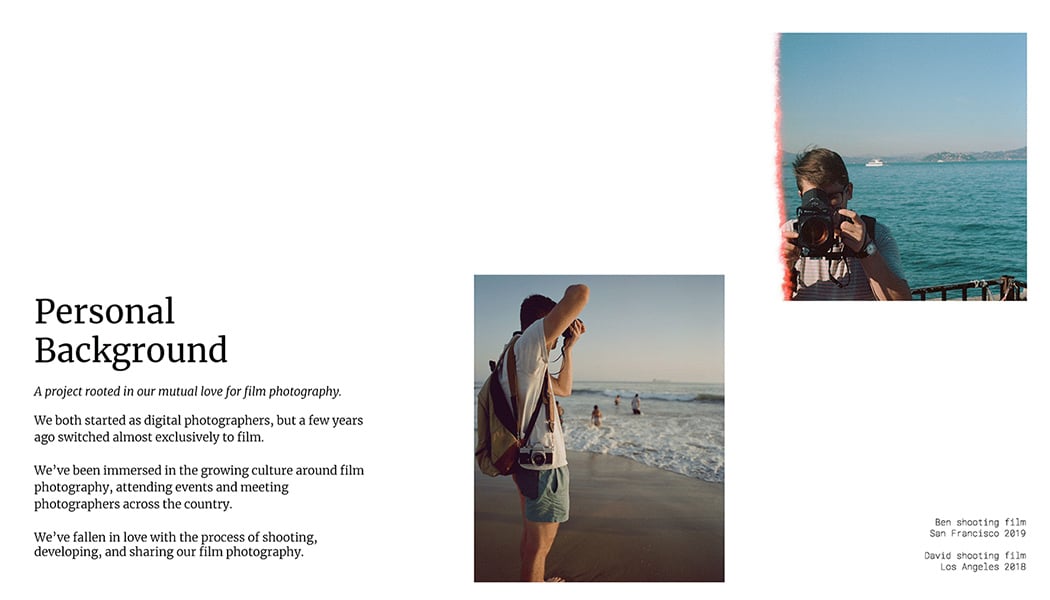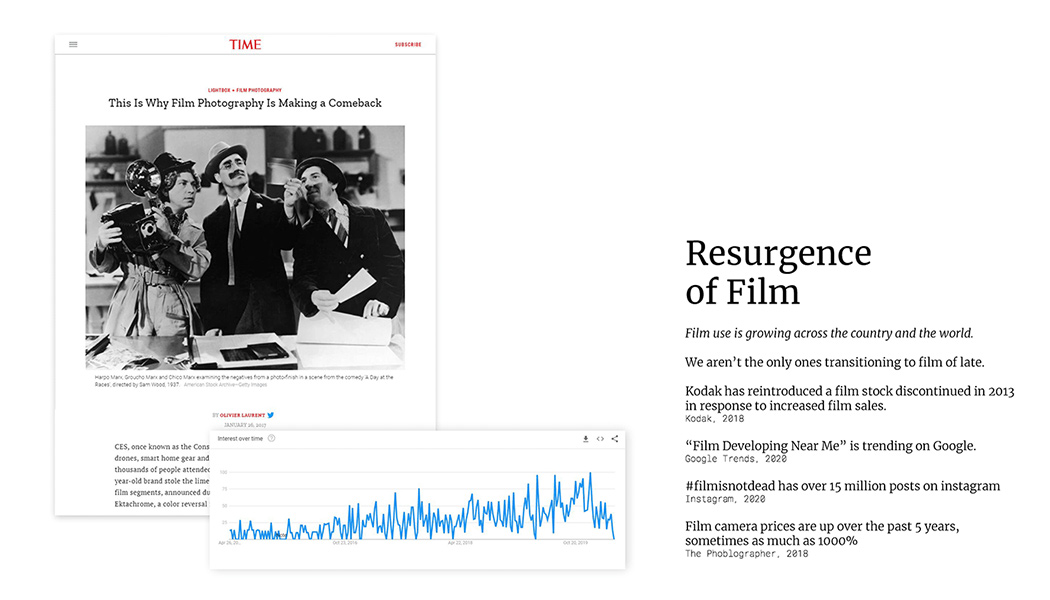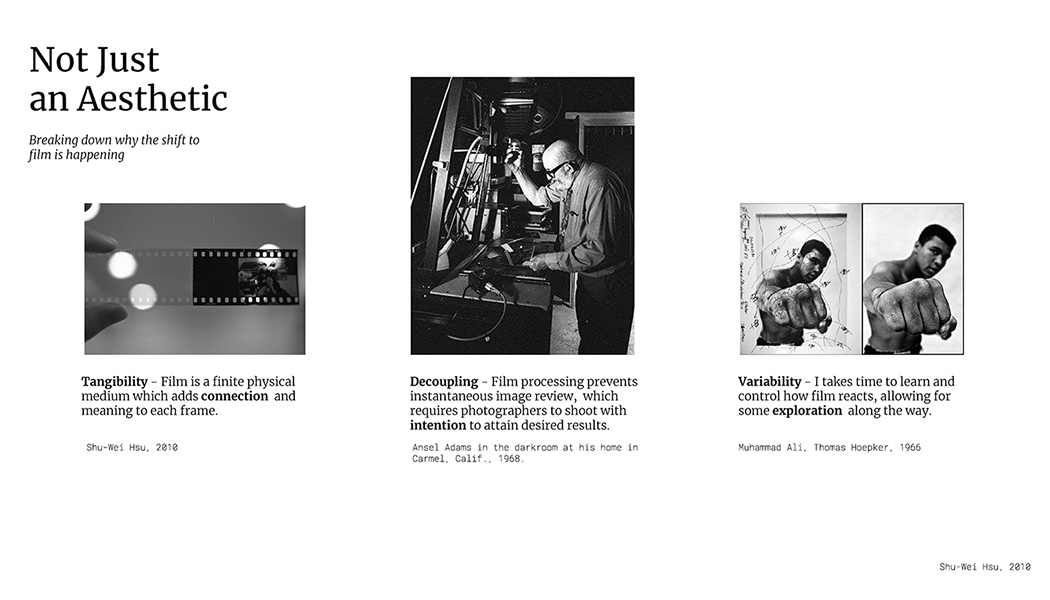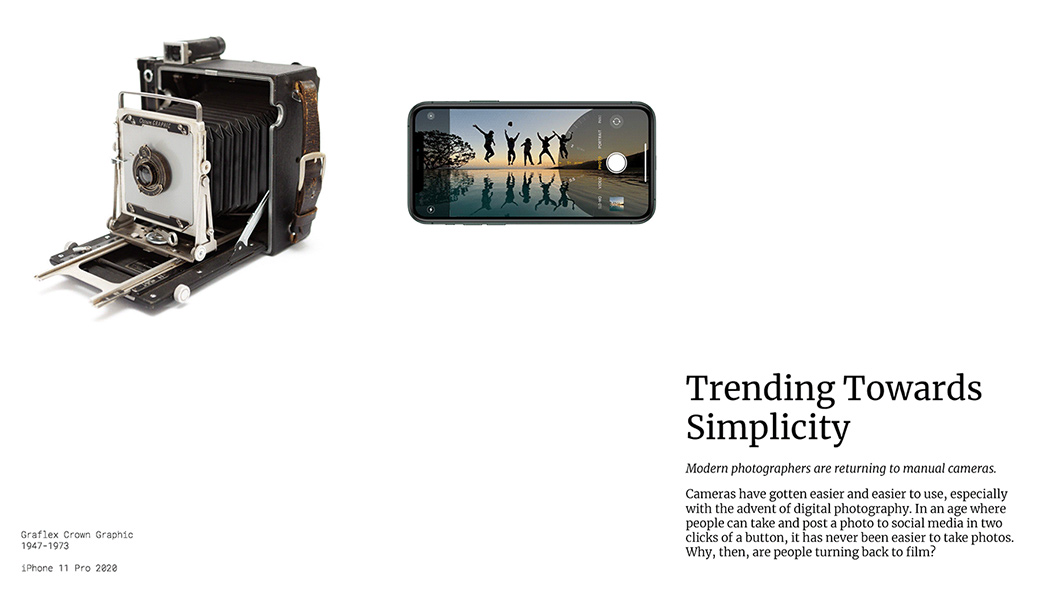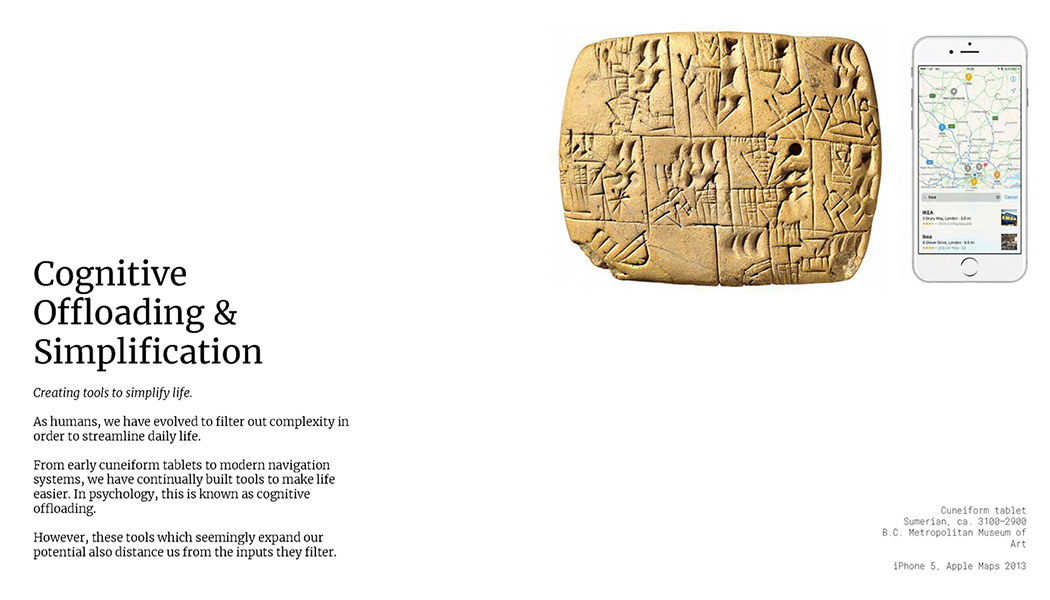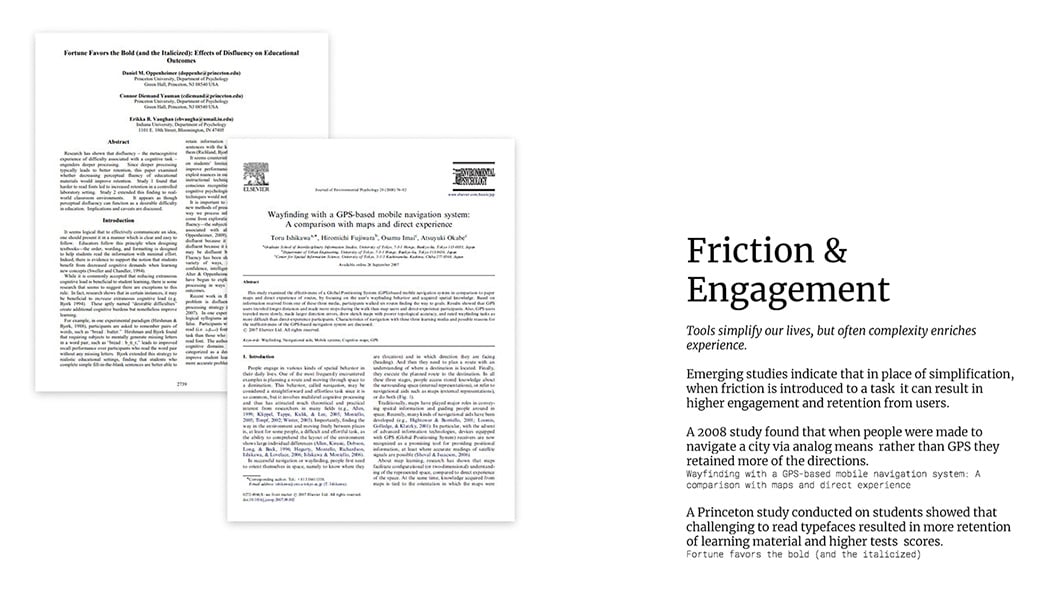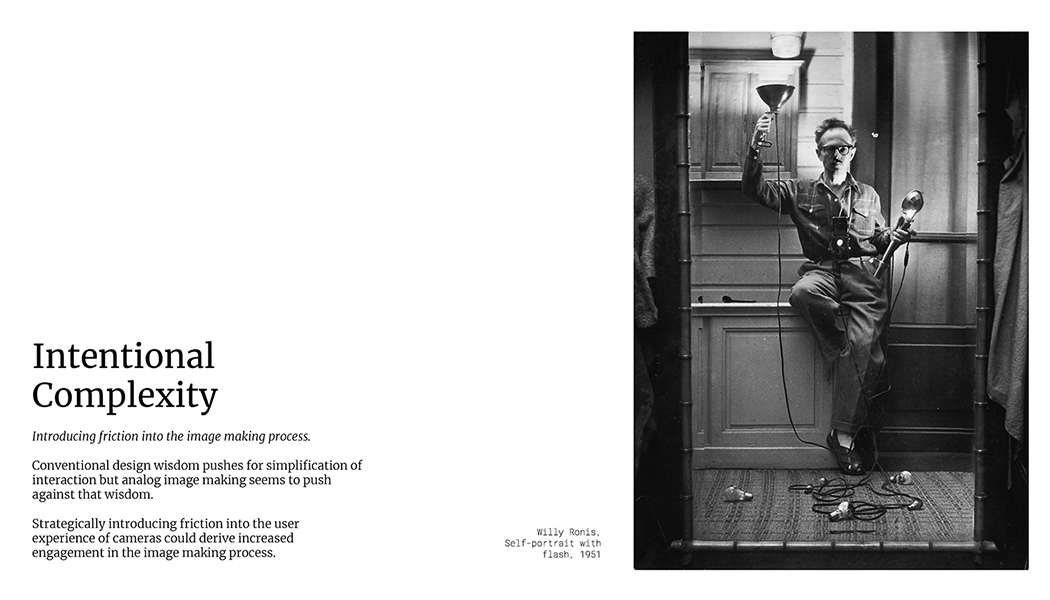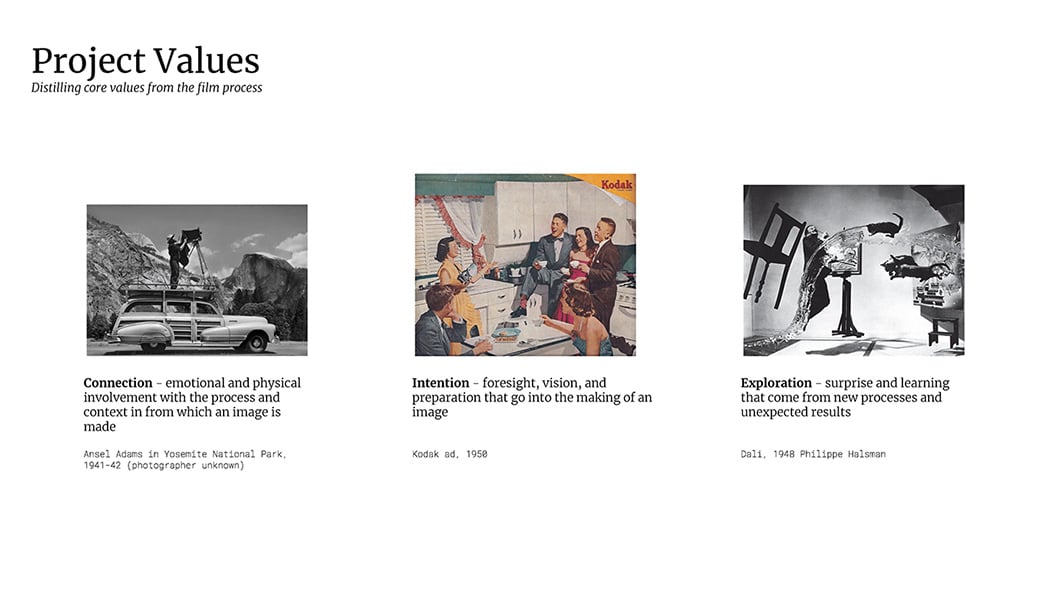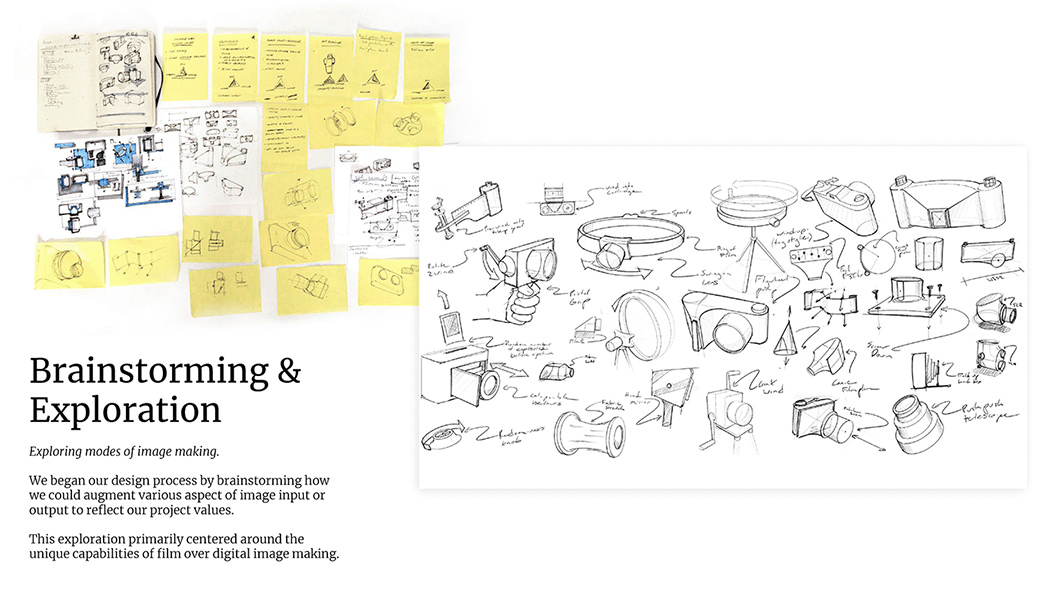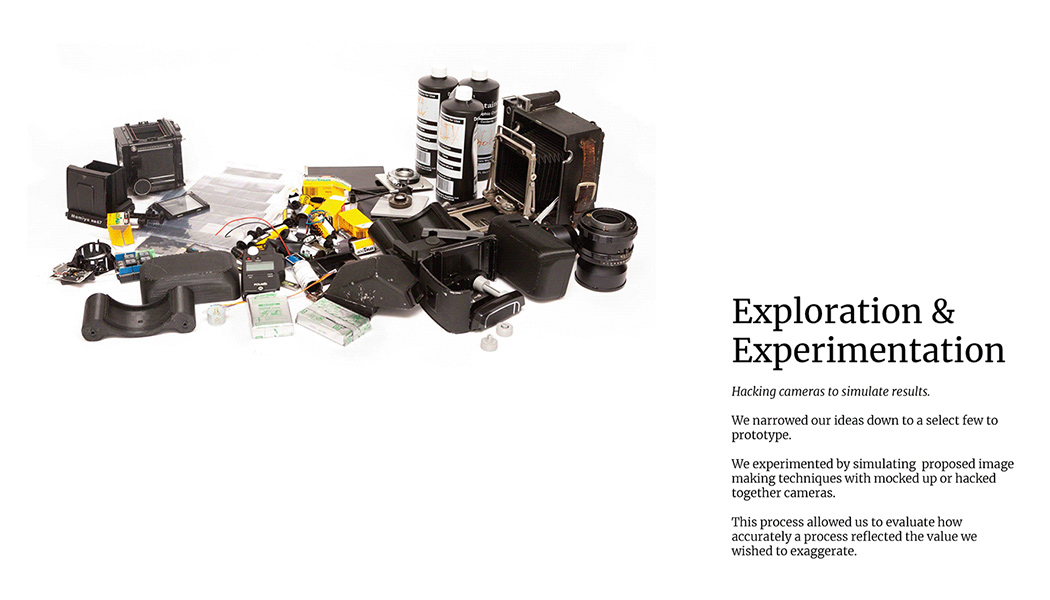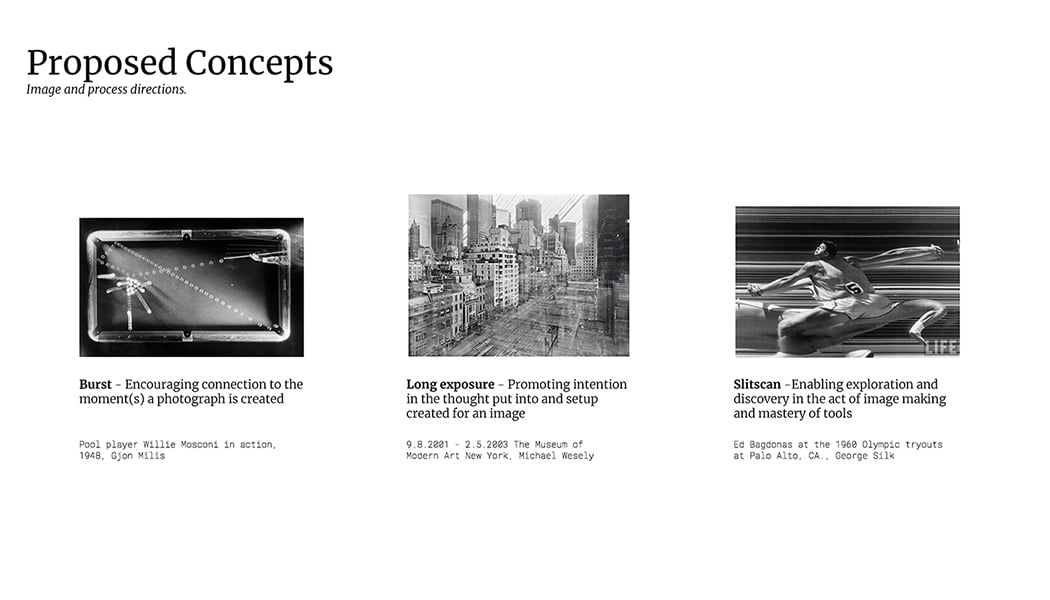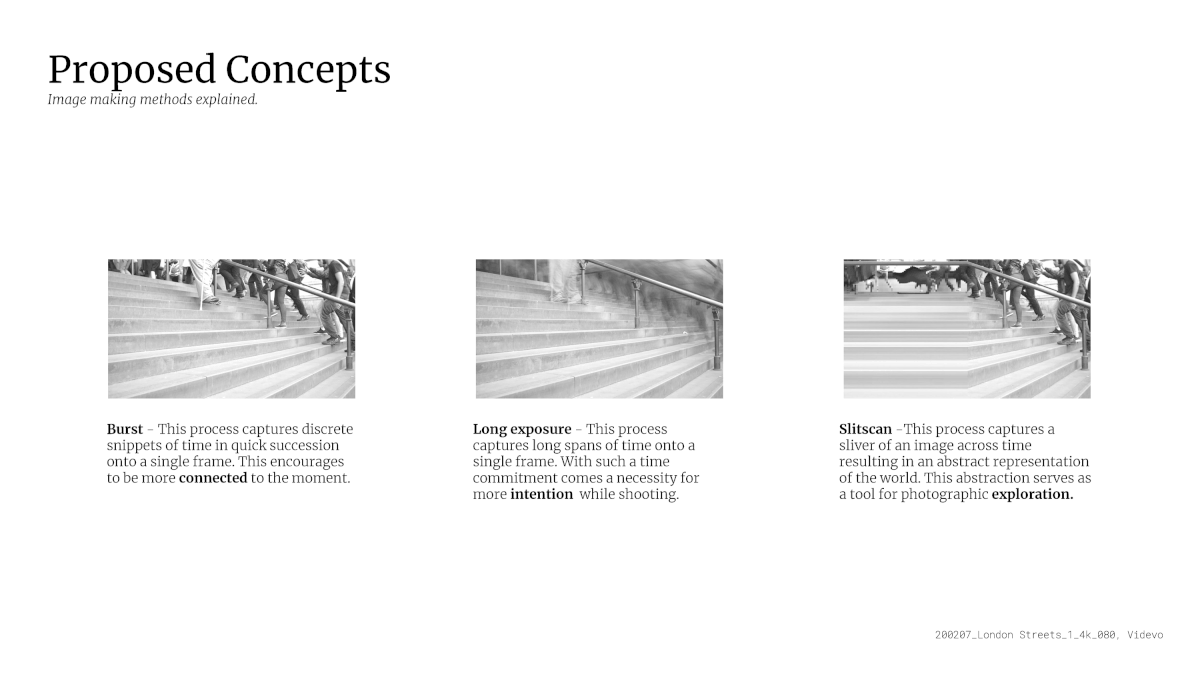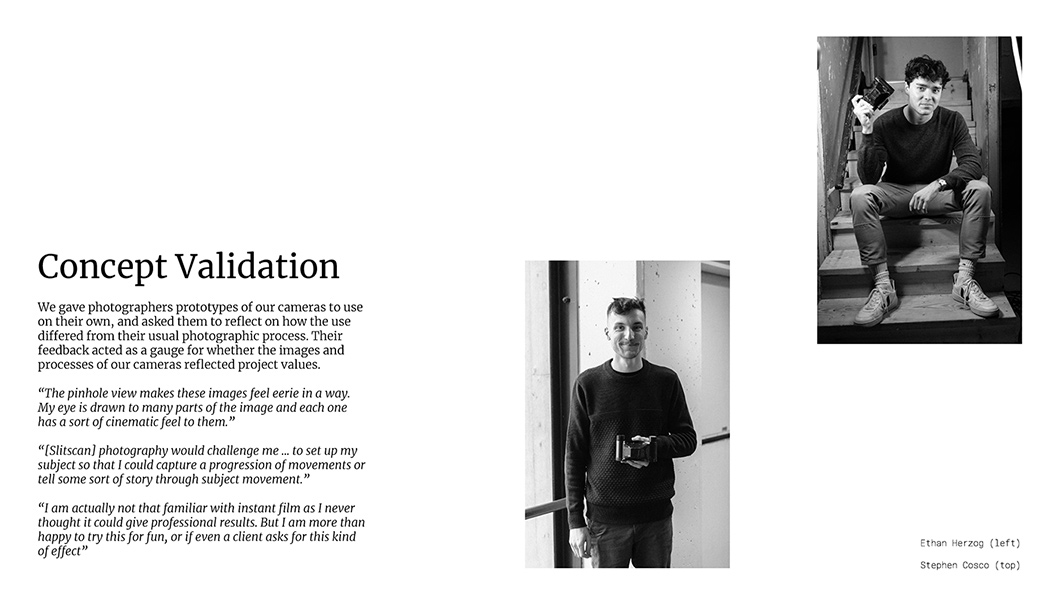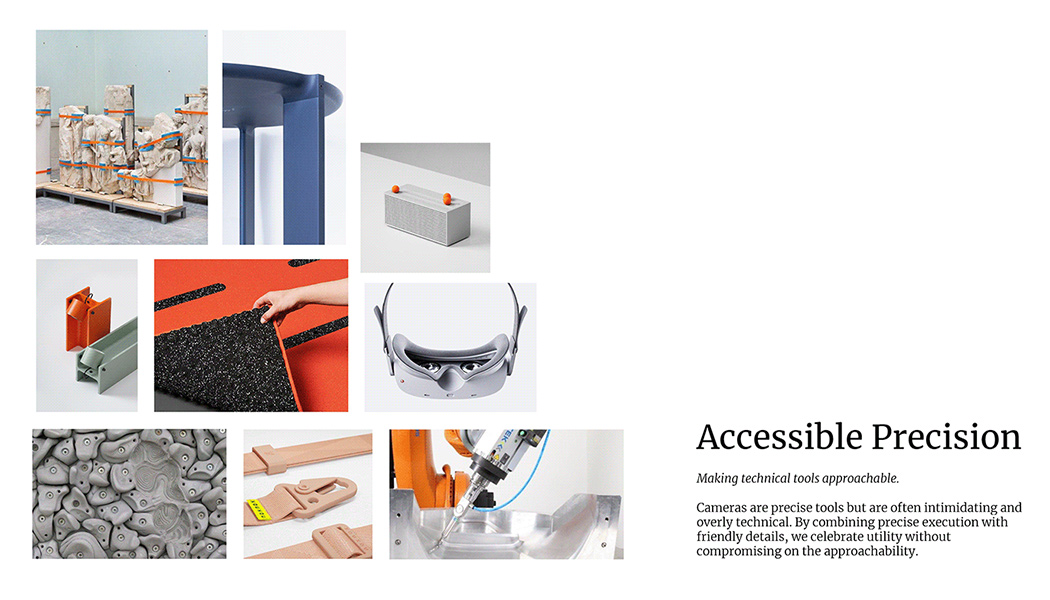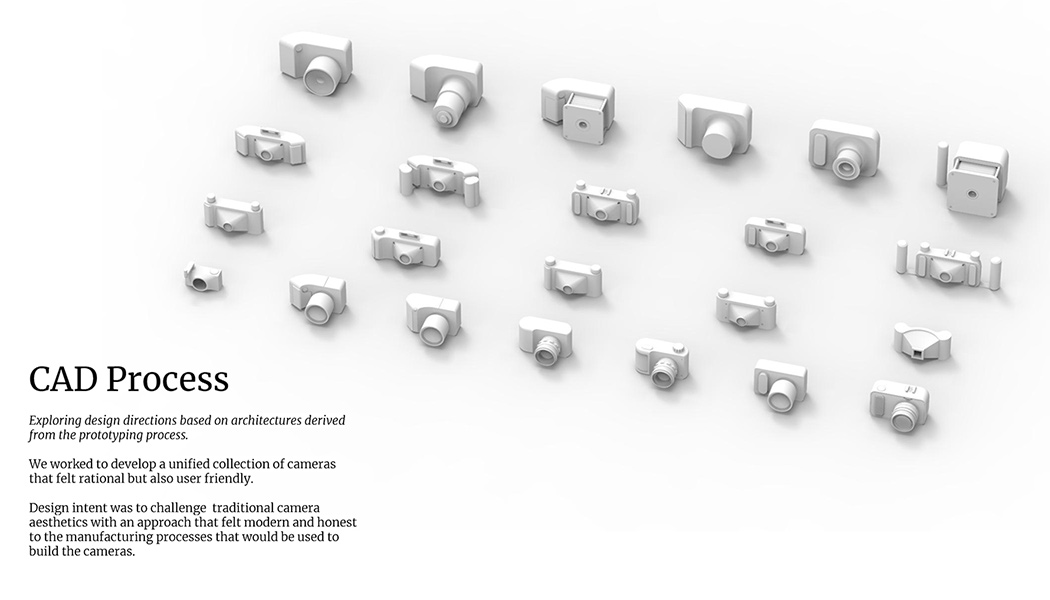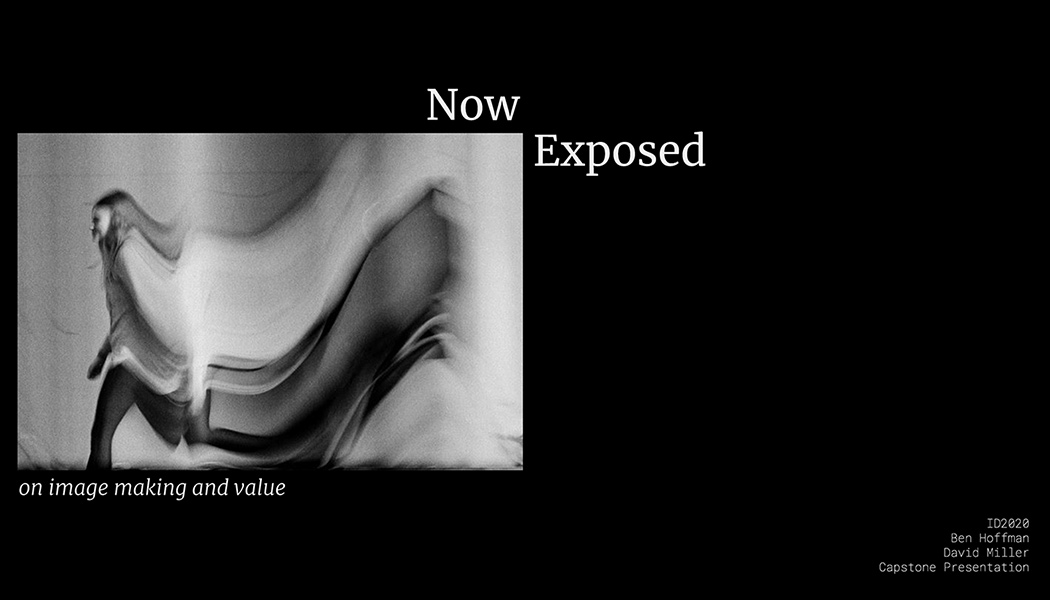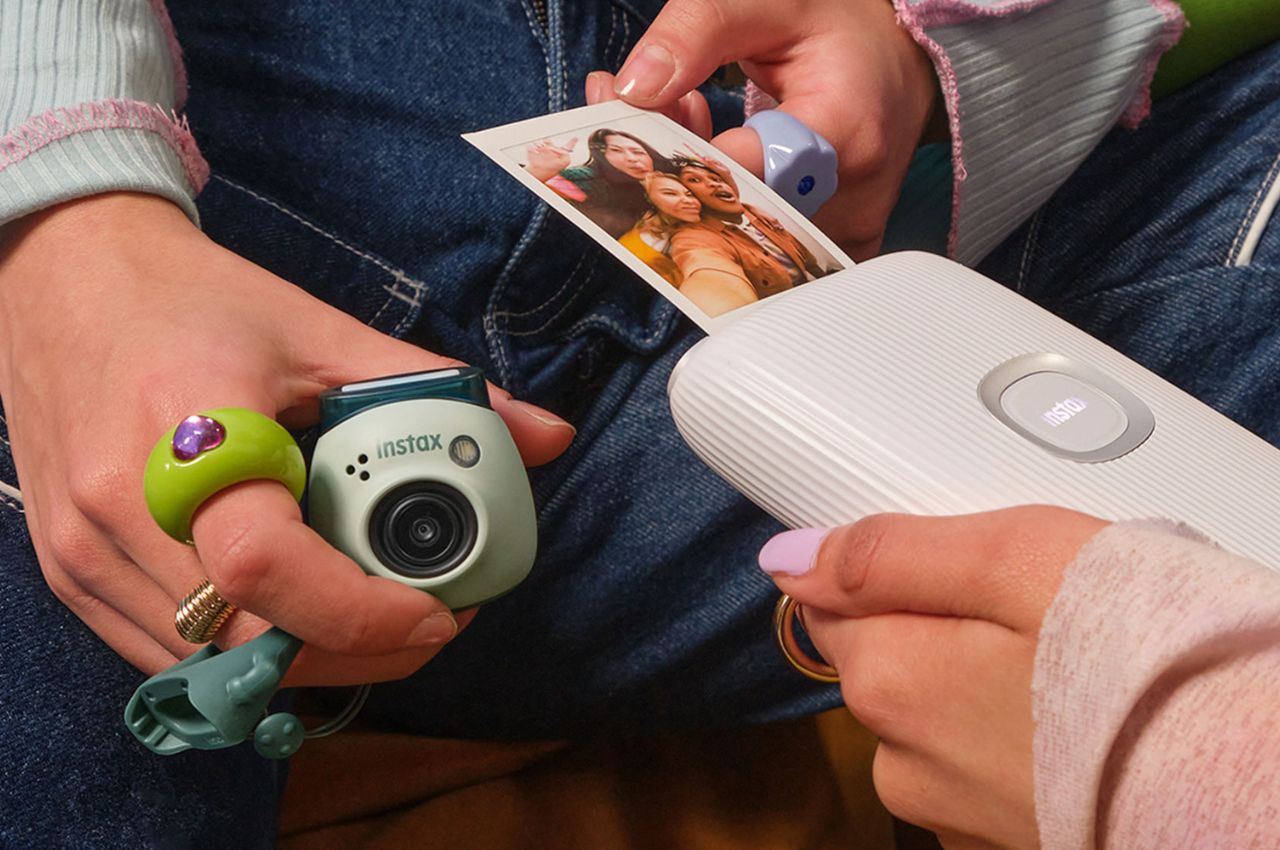
Attention photography enthusiasts! Fujifilm is back at it, and this time, they’ve got something seriously cool up their sleeves. Say hello to the Instax Pal, a camera that’s shaking up the Instax game like never before. It’s not your run-of-the-mill point-and-shoot – it’s the first all-digital camera in the Instax family, and it’s here to make capturing spontaneous moments a breeze.
Designer: Fujifilm
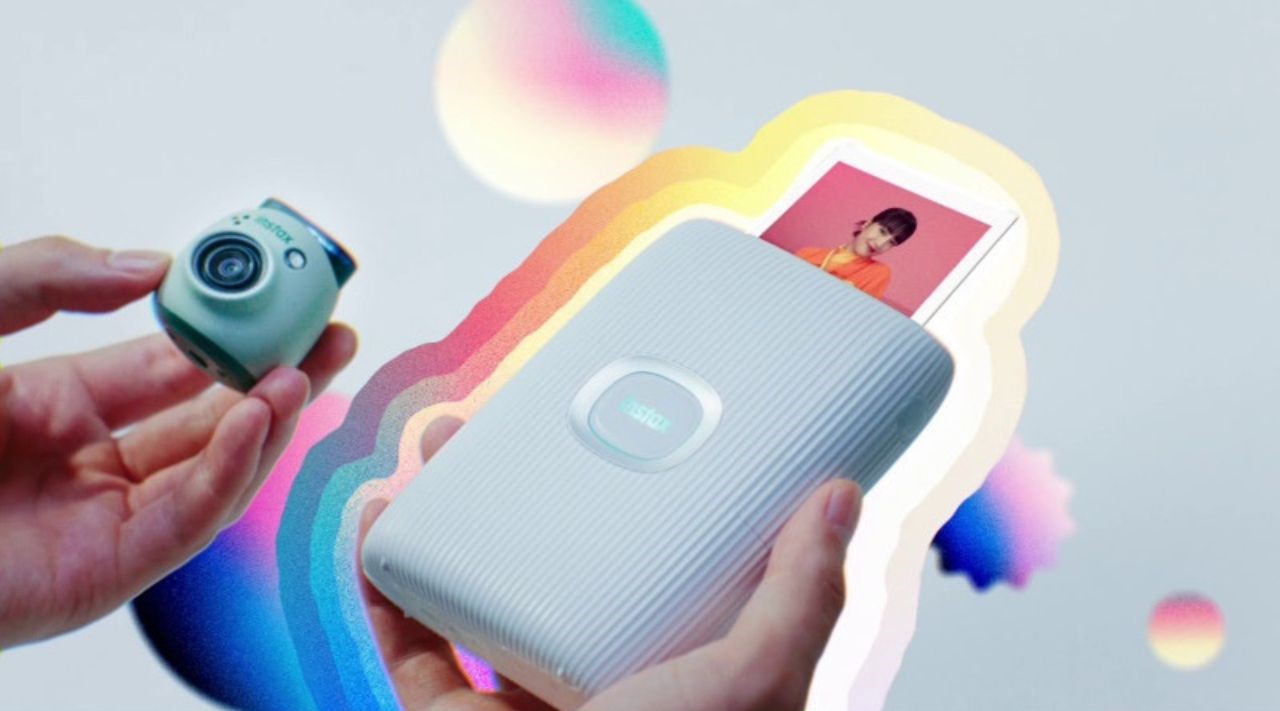
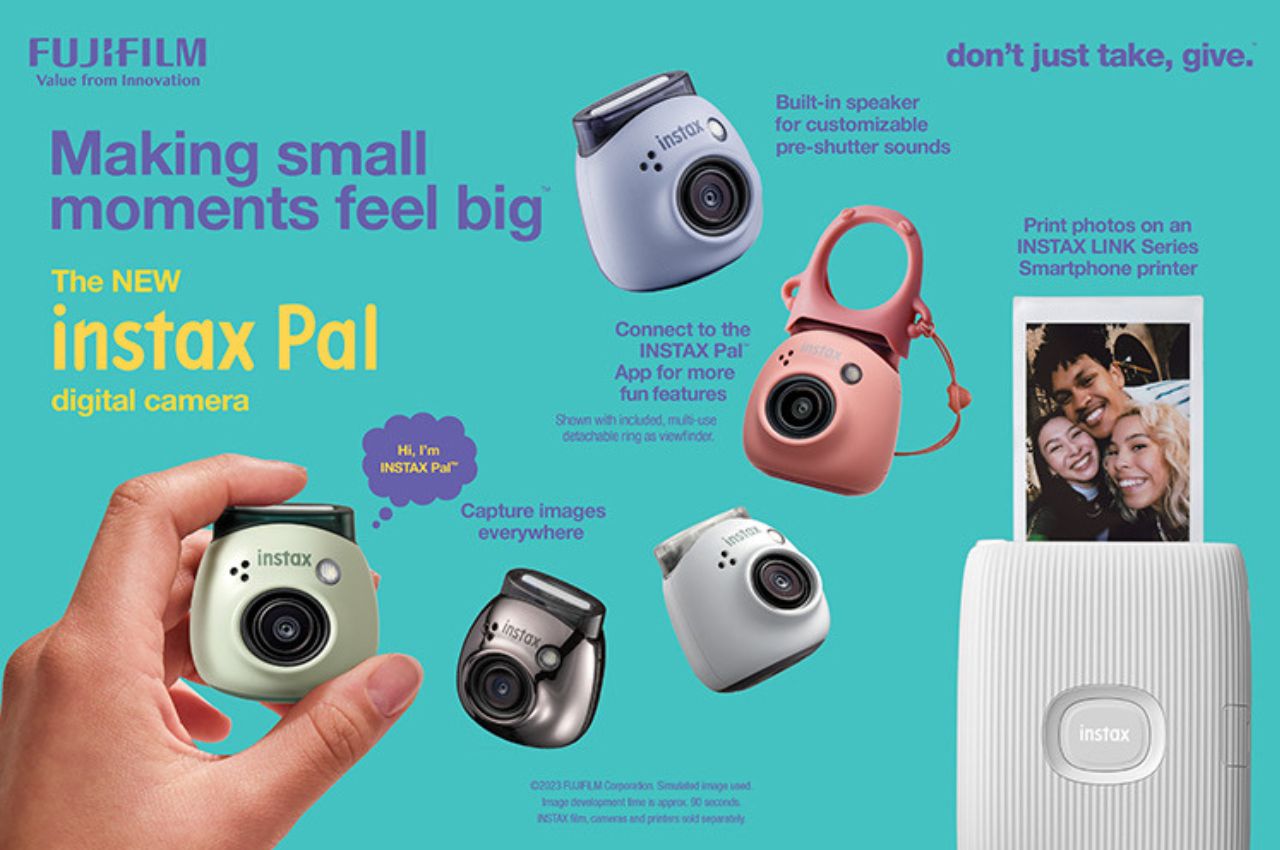
Fujifilm’s Instax series celebrates its 25th anniversary this year, and the introduction of the Instax Pal couldn’t be more timely. What sets the Instax Pal apart from its predecessors is its compact size and unique functionality. Unlike previous Instax models, the Instax Pal doesn’t include an integrated printer. Instead, it relies on a seamless connection with a Fujifilm Link printer, such as the Mini Link, Square Link, or Link Wide. This means you have the flexibility to choose between mini, square, or wide formats for your prints.
The Instax Pal comes loaded with an array of features that redefine instant photography. One standout feature is the remote shooting capability, allowing you to control the camera using your smartphone. This feature empowers you to take group photos, and selfies, and capture moments from unique angles effortlessly. Additionally, the interval shooting function lets you create captivating narratives by capturing a series of images at different time intervals. You can even personalize the camera’s pre-shutter sound to add your own touch to every shot.

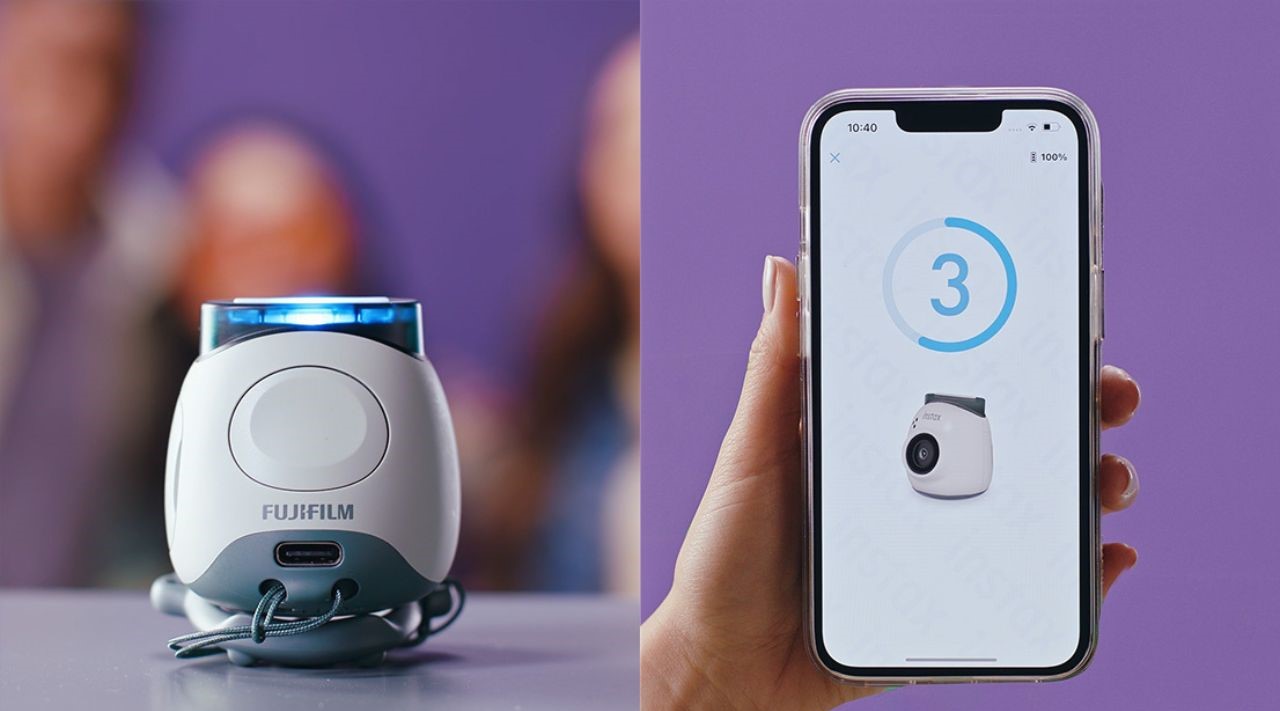
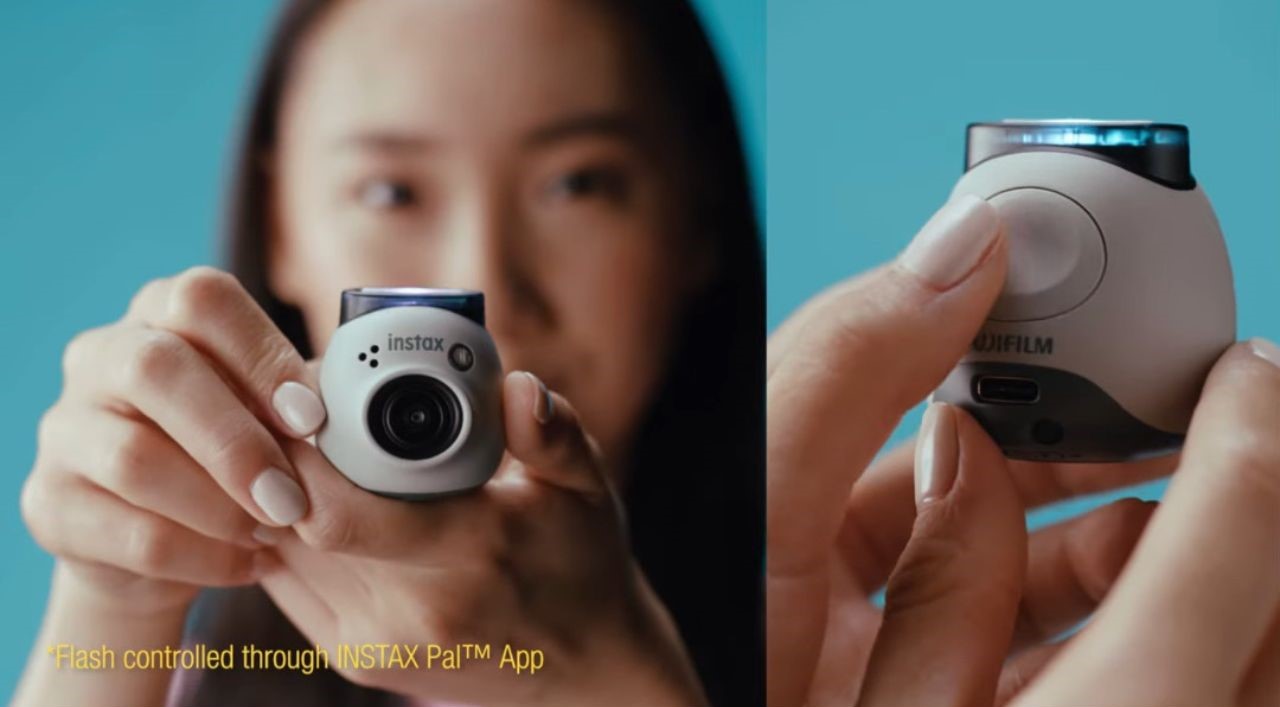
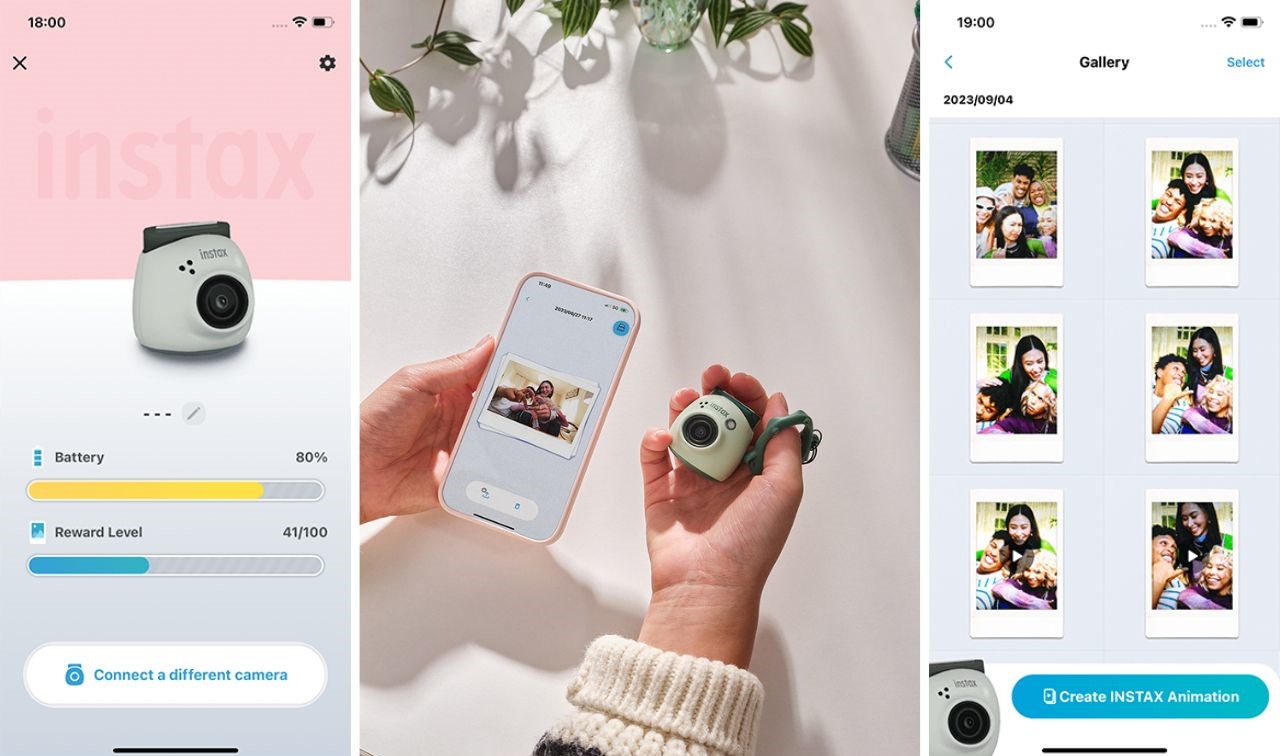
To enhance your vintage-inspired photos, the Instax Pal Smartphone App comes to the rescue. The app offers a variety of filters, text overlays, and stickers to add creativity and personalization to your prints. Whether you want to create a nostalgic look or add a touch of whimsy, the possibilities are endless.
One of the most exciting features of the Instax Pal is the Instax Animation feature. This innovative function transforms your photos into animations, reminiscent of traditional flipbooks. What’s more, you can even “print” these animations, and each resulting film includes a QR code. Scanning this code with your smartphone allows you to play the animation, breathing life into your cherished moments.
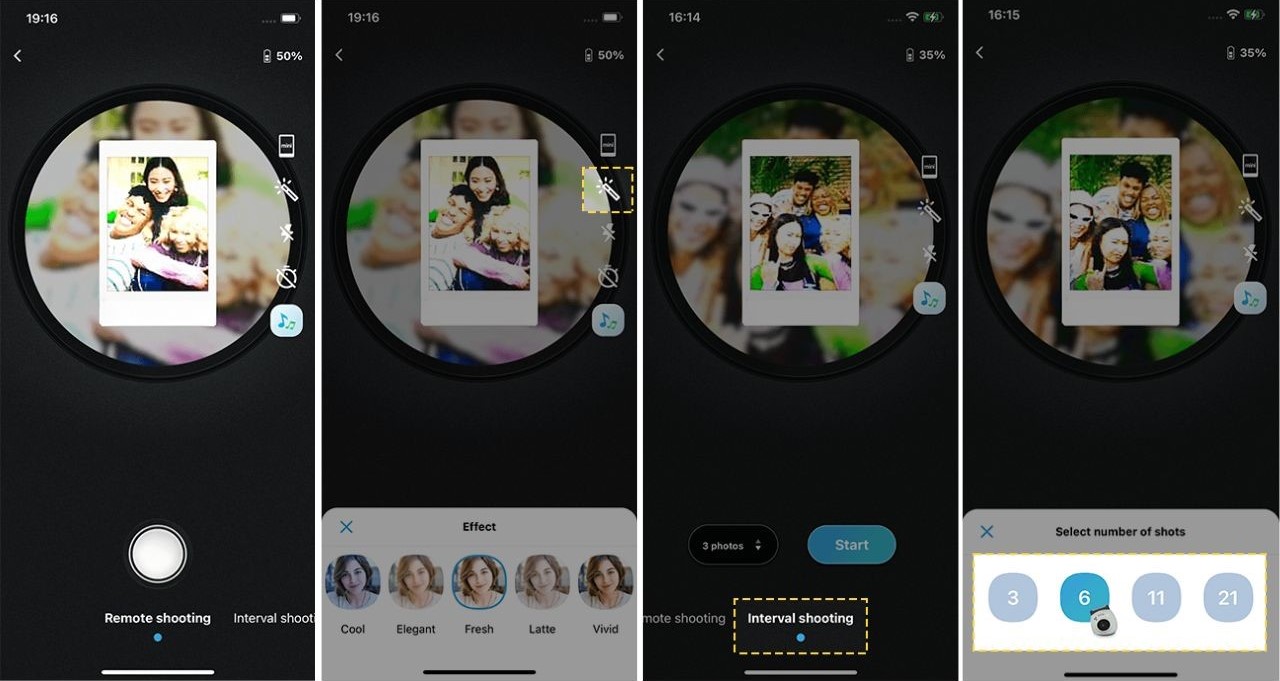

The Instax Pal boasts internal storage capable of holding up to 50 images. For those who need more space, you can easily expand storage by using a Micro SD card. Fujifilm is set to offer the Instax Pal as part of a bundle, which includes the Instax Mini Link 2 printer and a 10-pack of film, all for a price of US$199.95. While the individual price of the camera is yet to be disclosed, it’s expected to be an attractive option for photography enthusiasts.
Fujifilm’s Instax Pal is a testament to the brand’s commitment to preserving the charm of instant photography while embracing the convenience of the digital age. With its compact design and innovative features, the Instax Pal promises to redefine the way we capture and share spontaneous moments. Set to launch in late October, this tiny marvel is poised to become a must-have for those who crave the nostalgia of instant prints with a contemporary twist. Keep an eye out for the Instax Pal and be prepared to embark on a new era of instant photography.
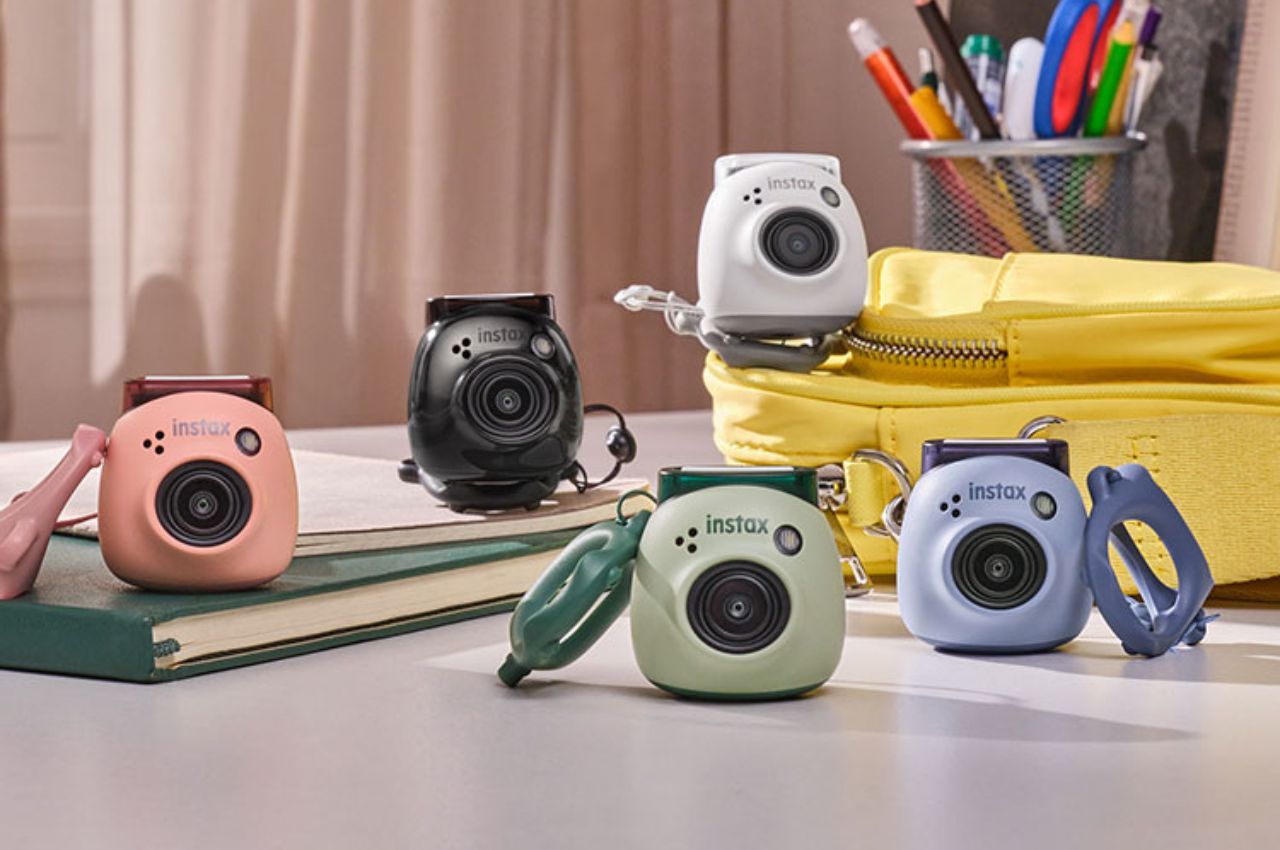
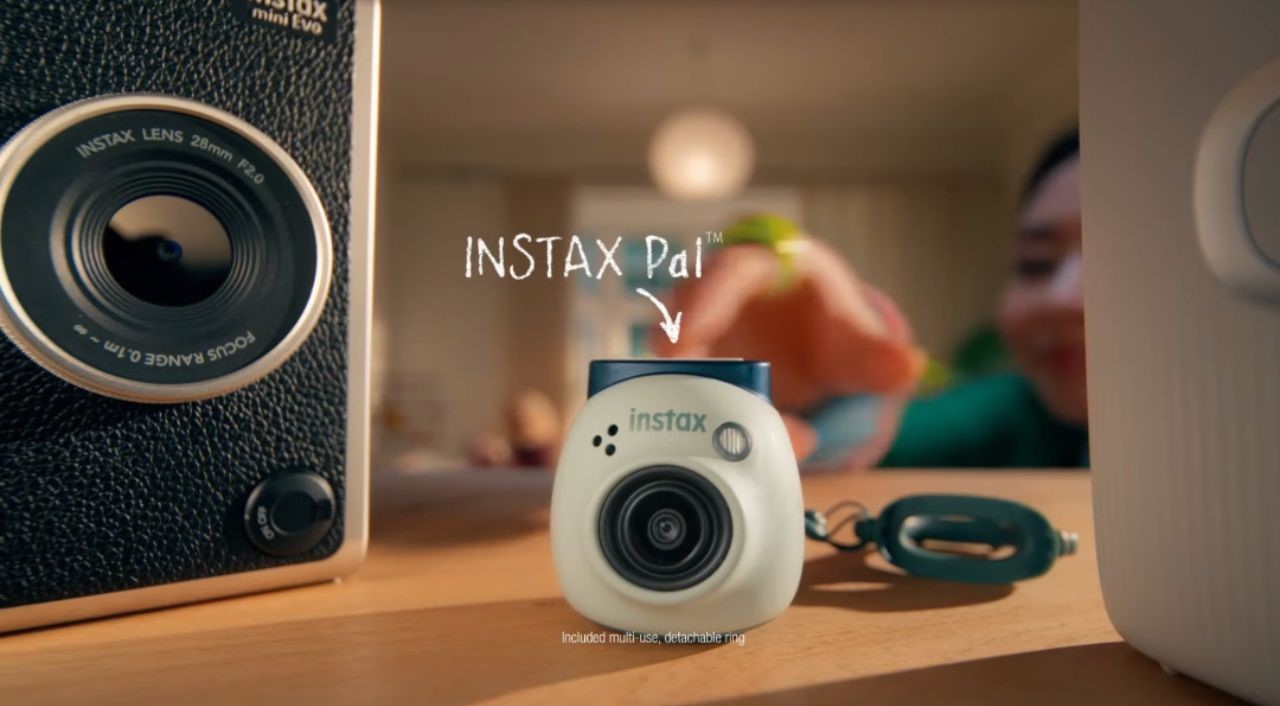
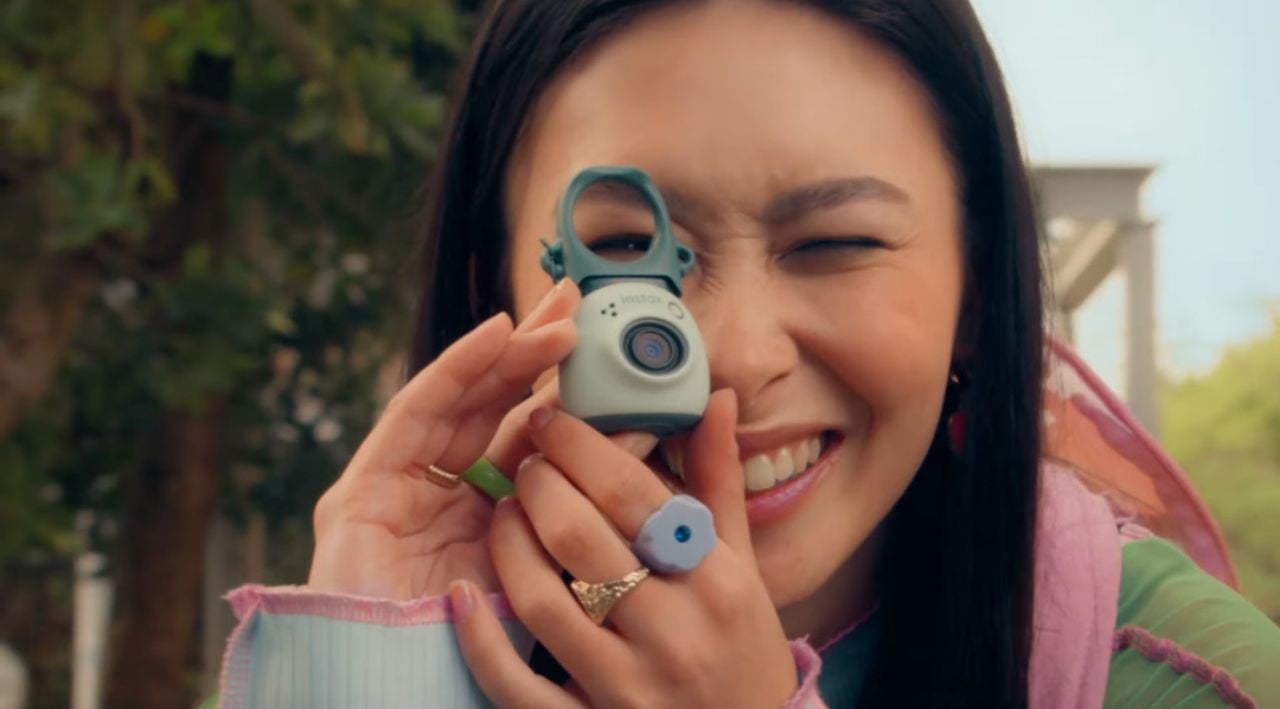
The post Fujifilm Once Again Redefines Film Photography with its Instax Pal: Without An Inbuilt Printer first appeared on Yanko Design.
